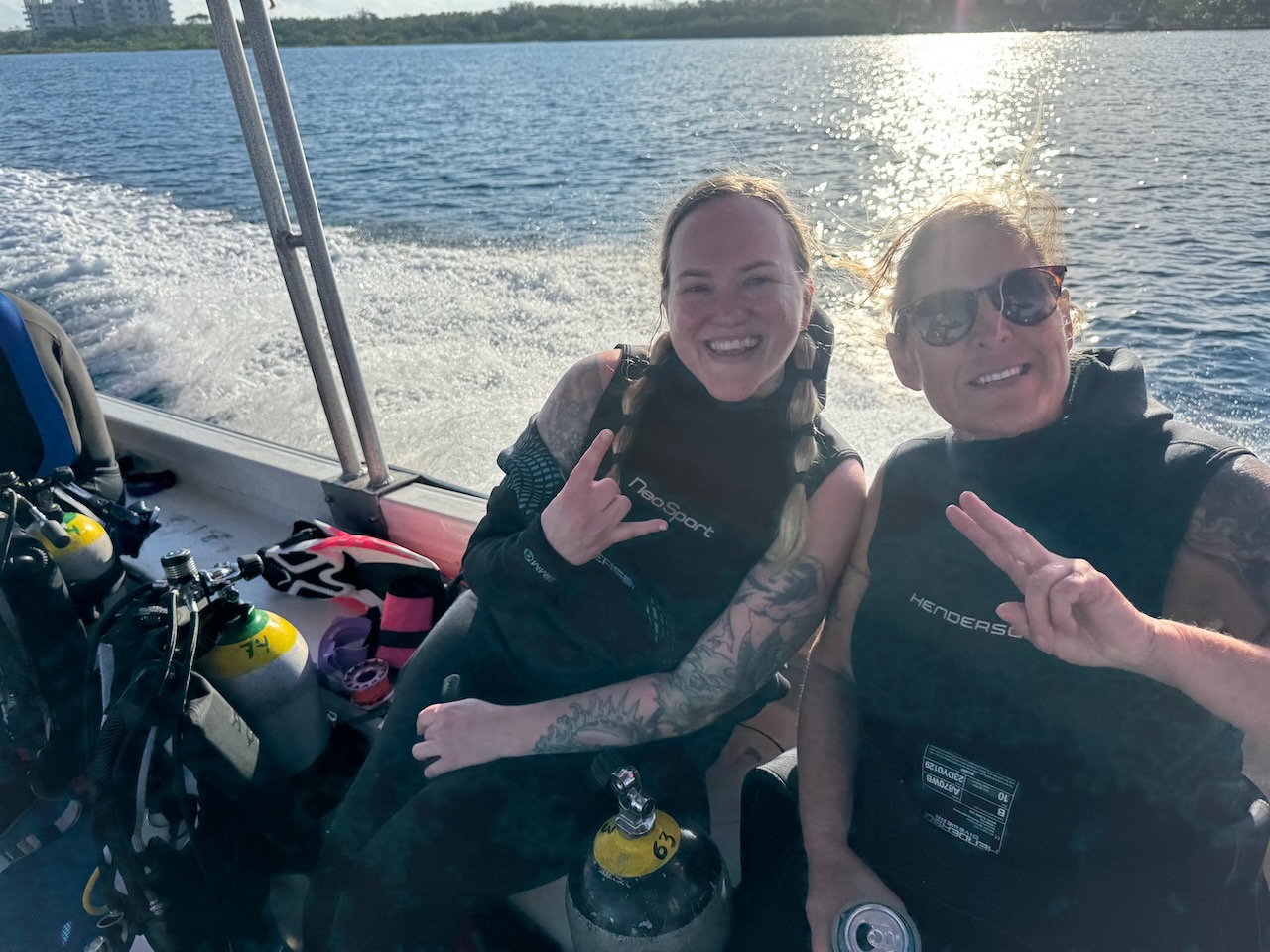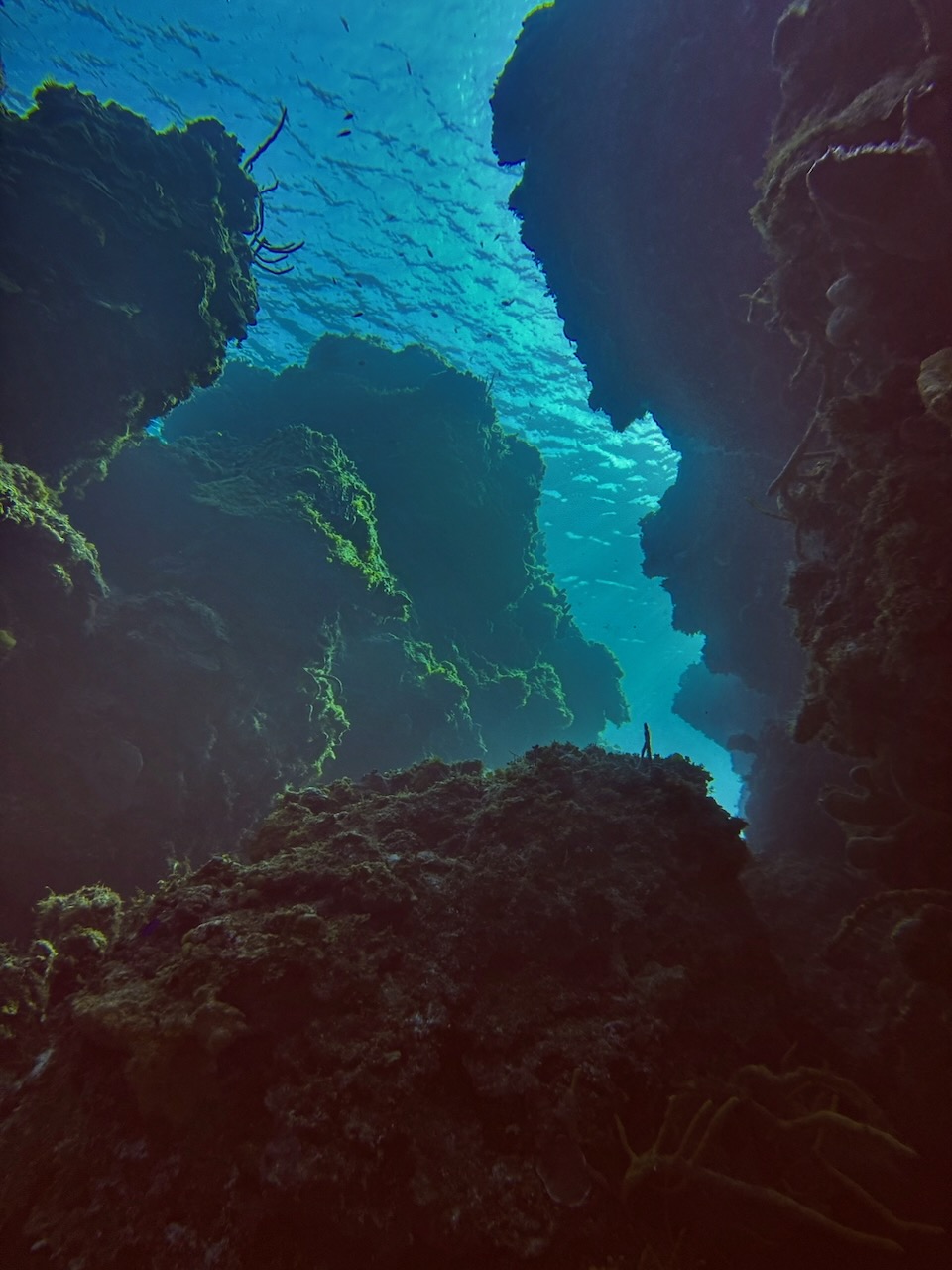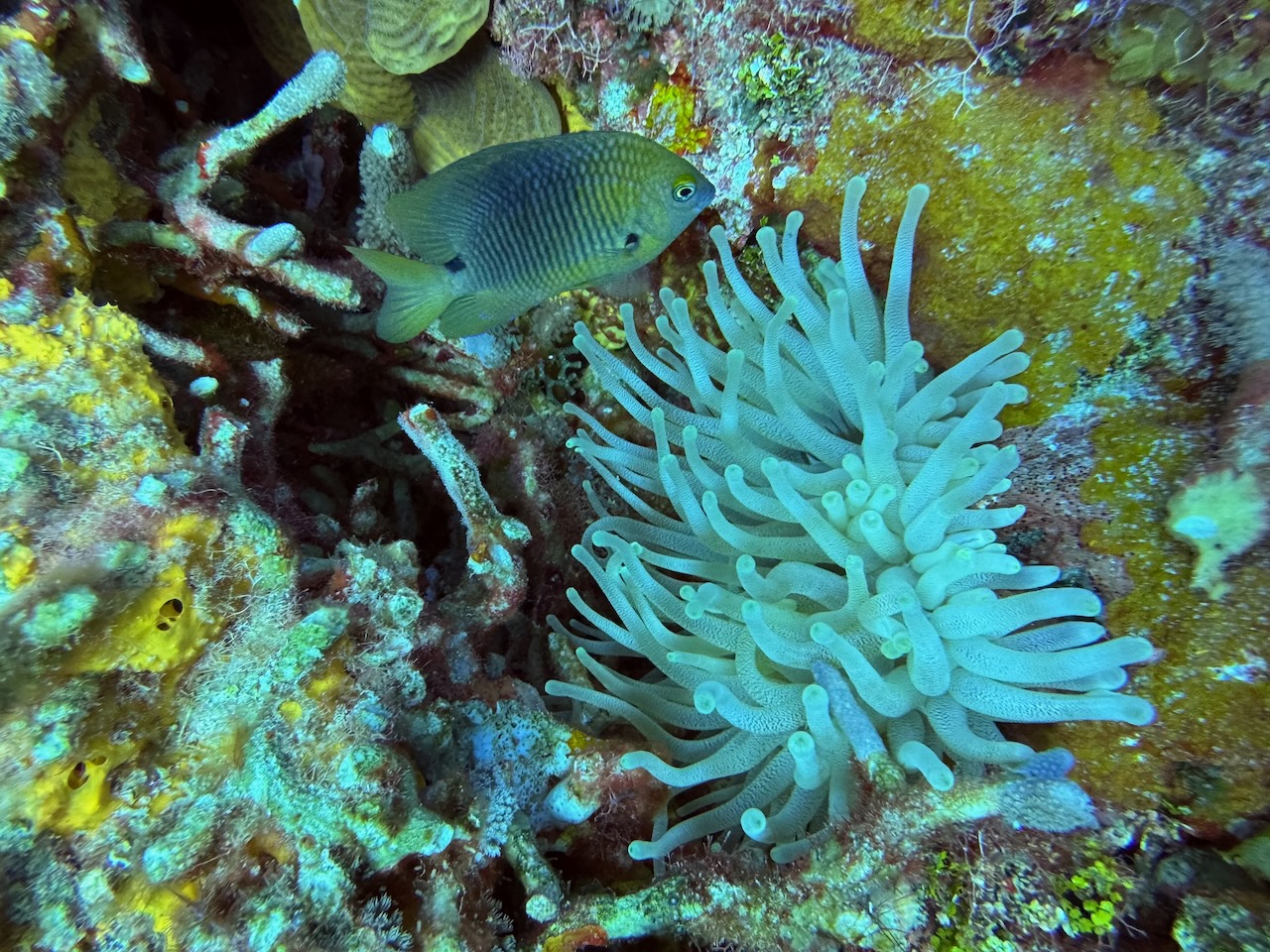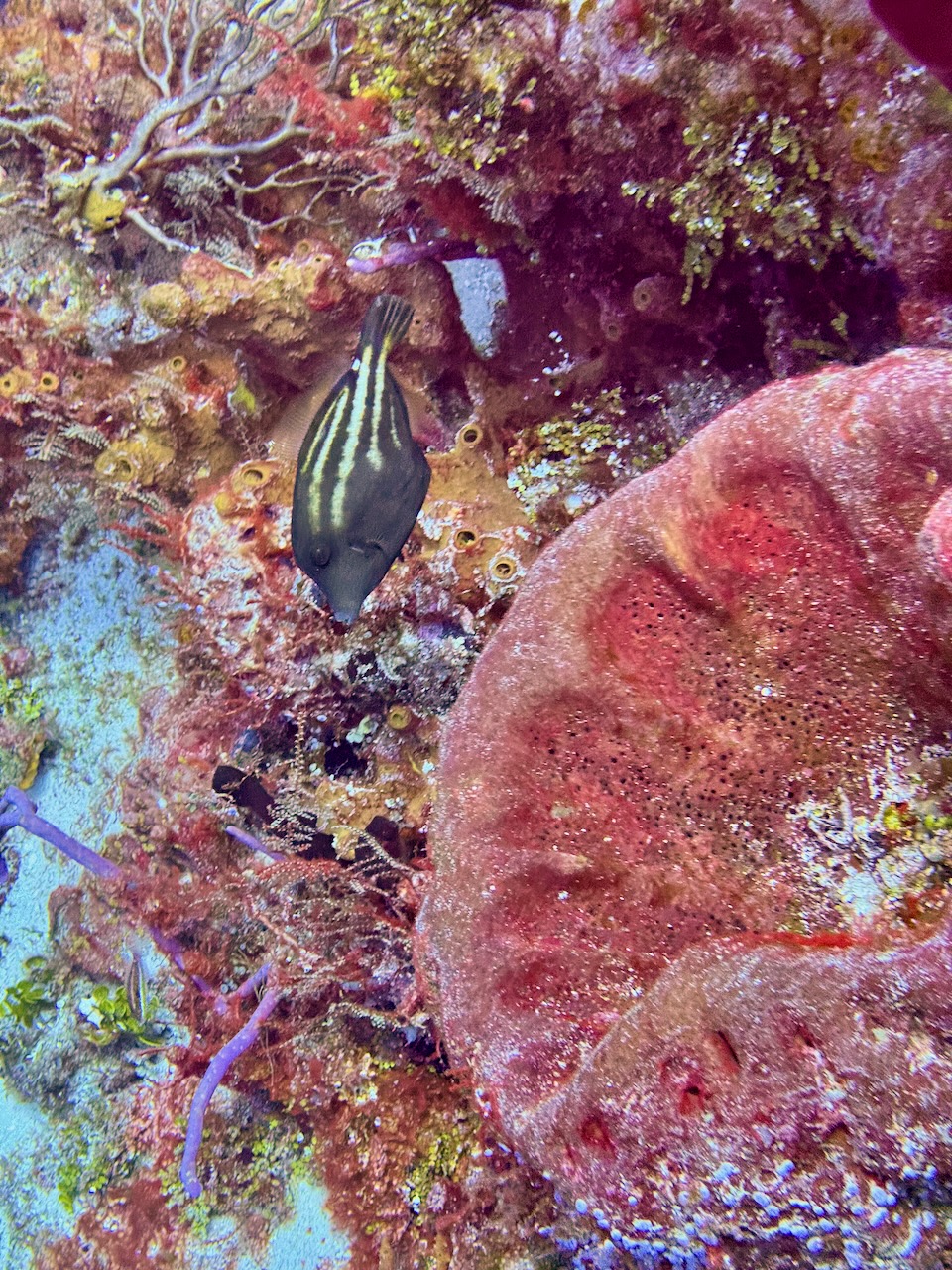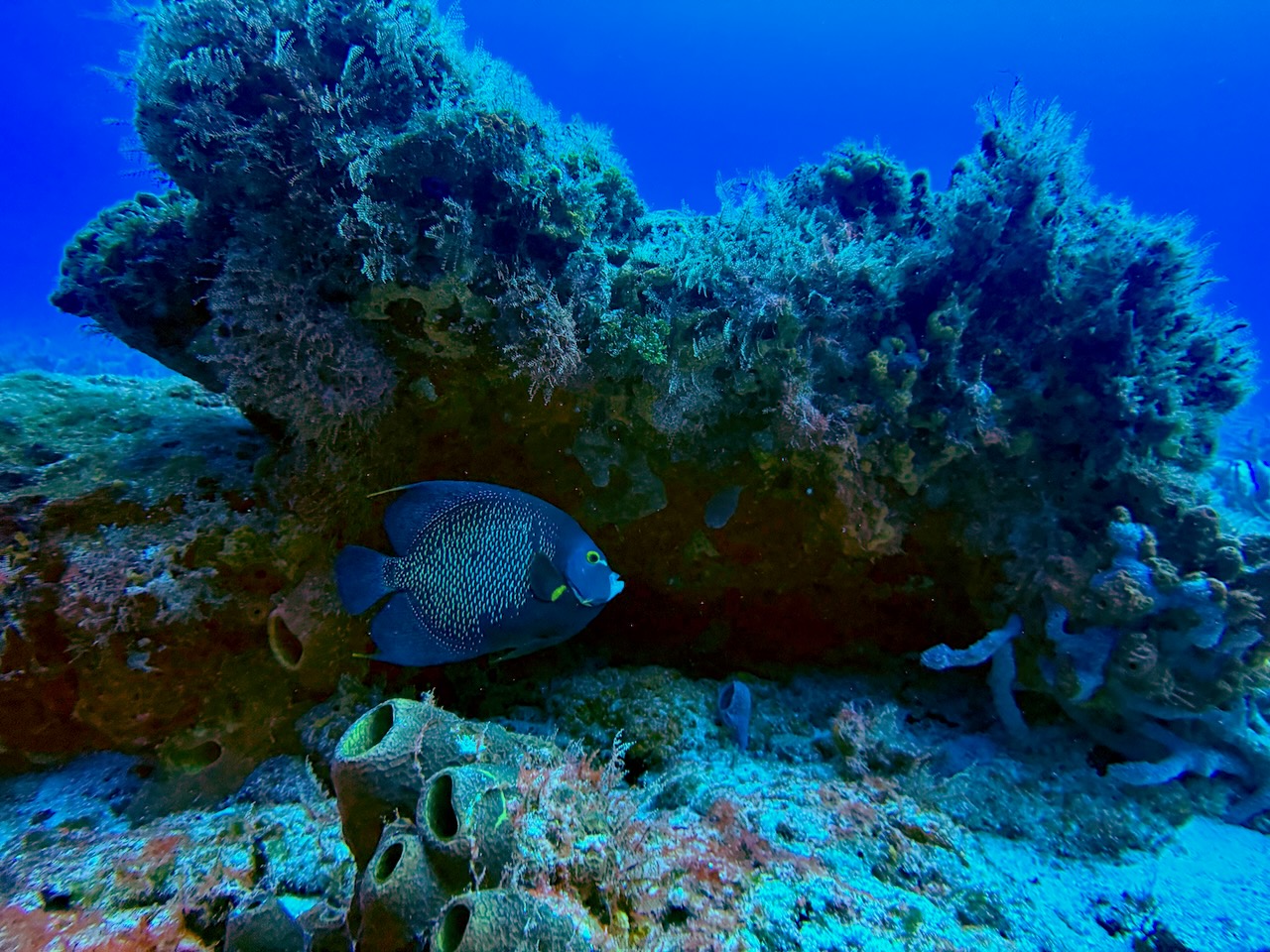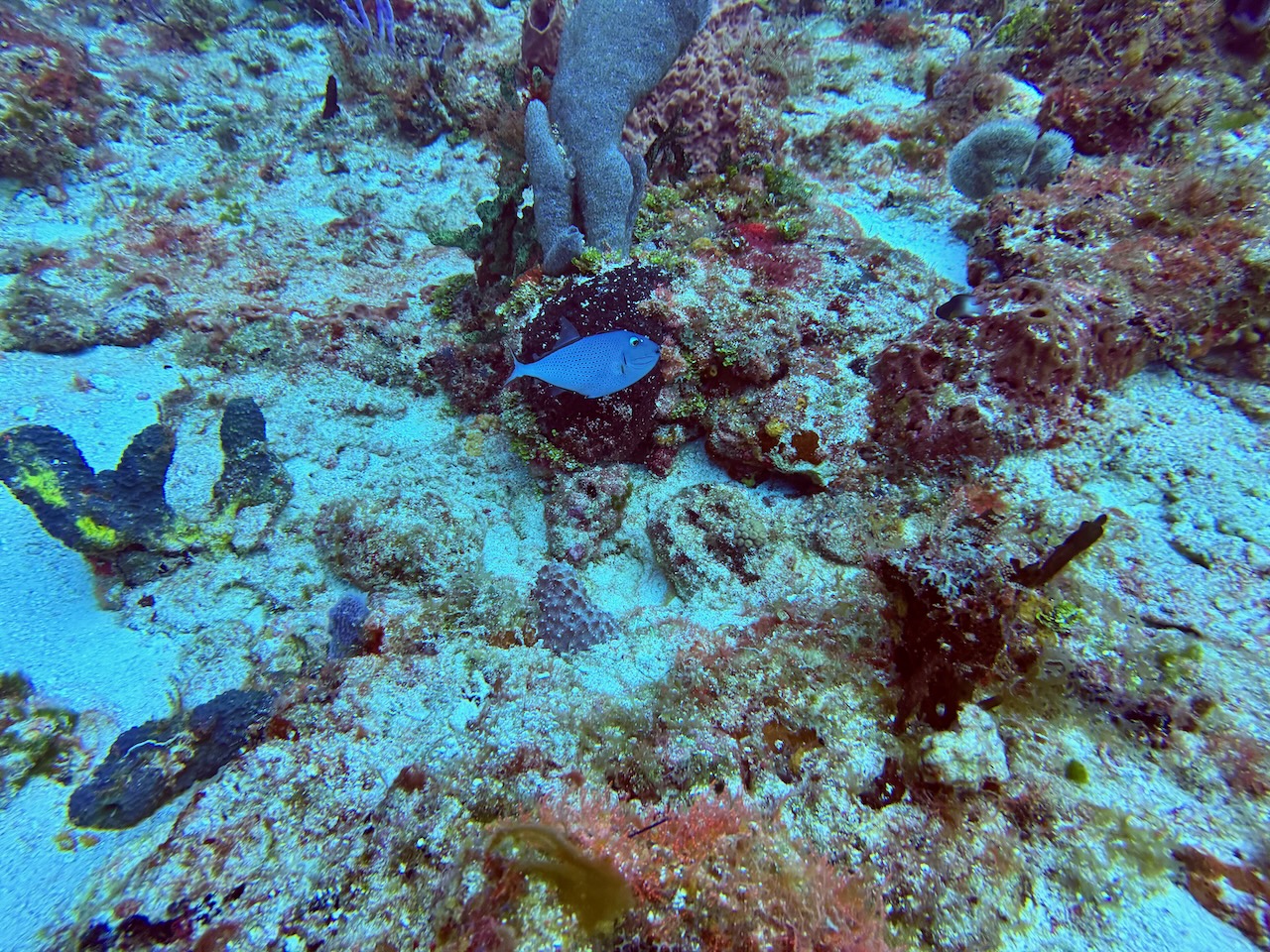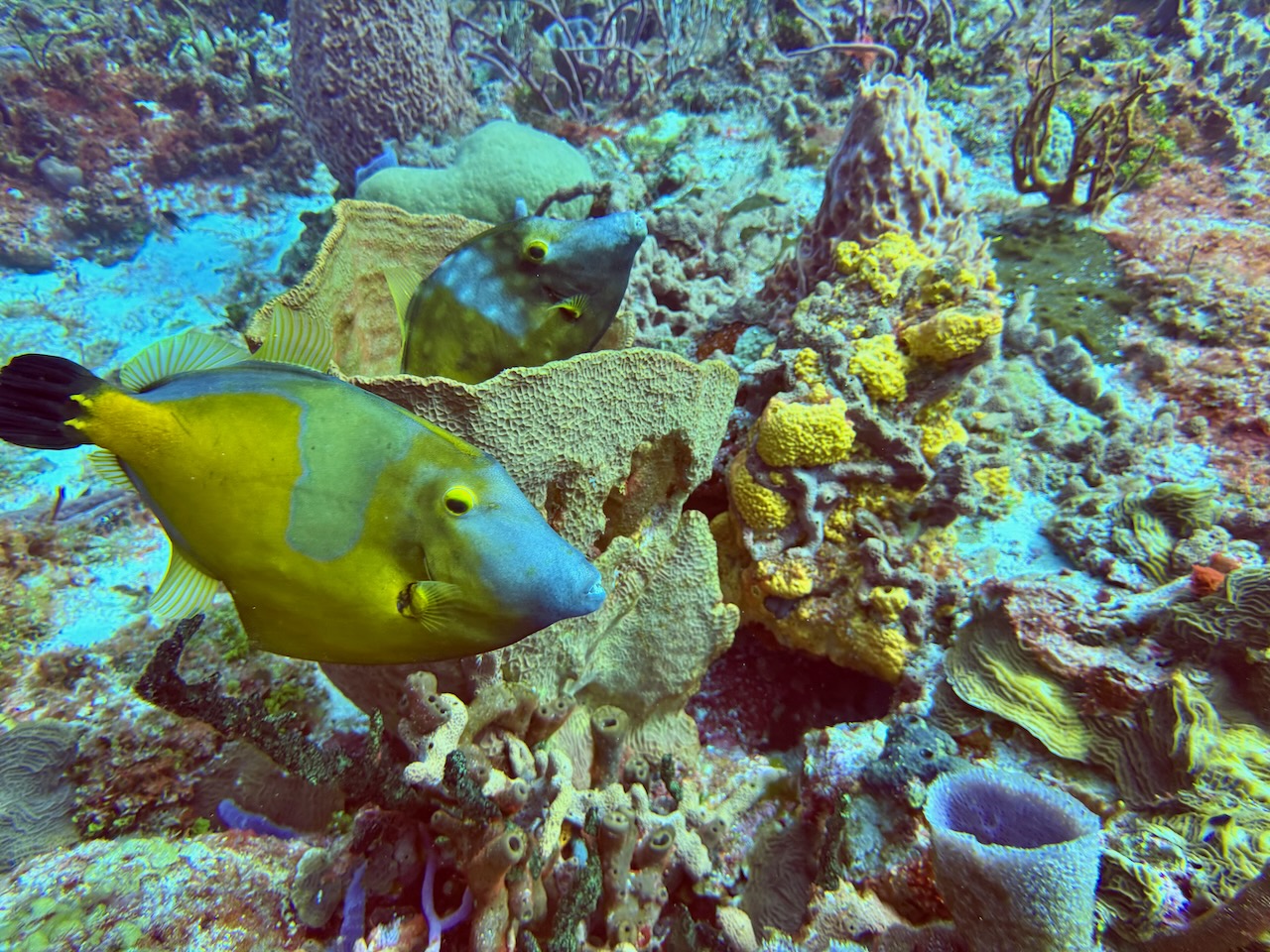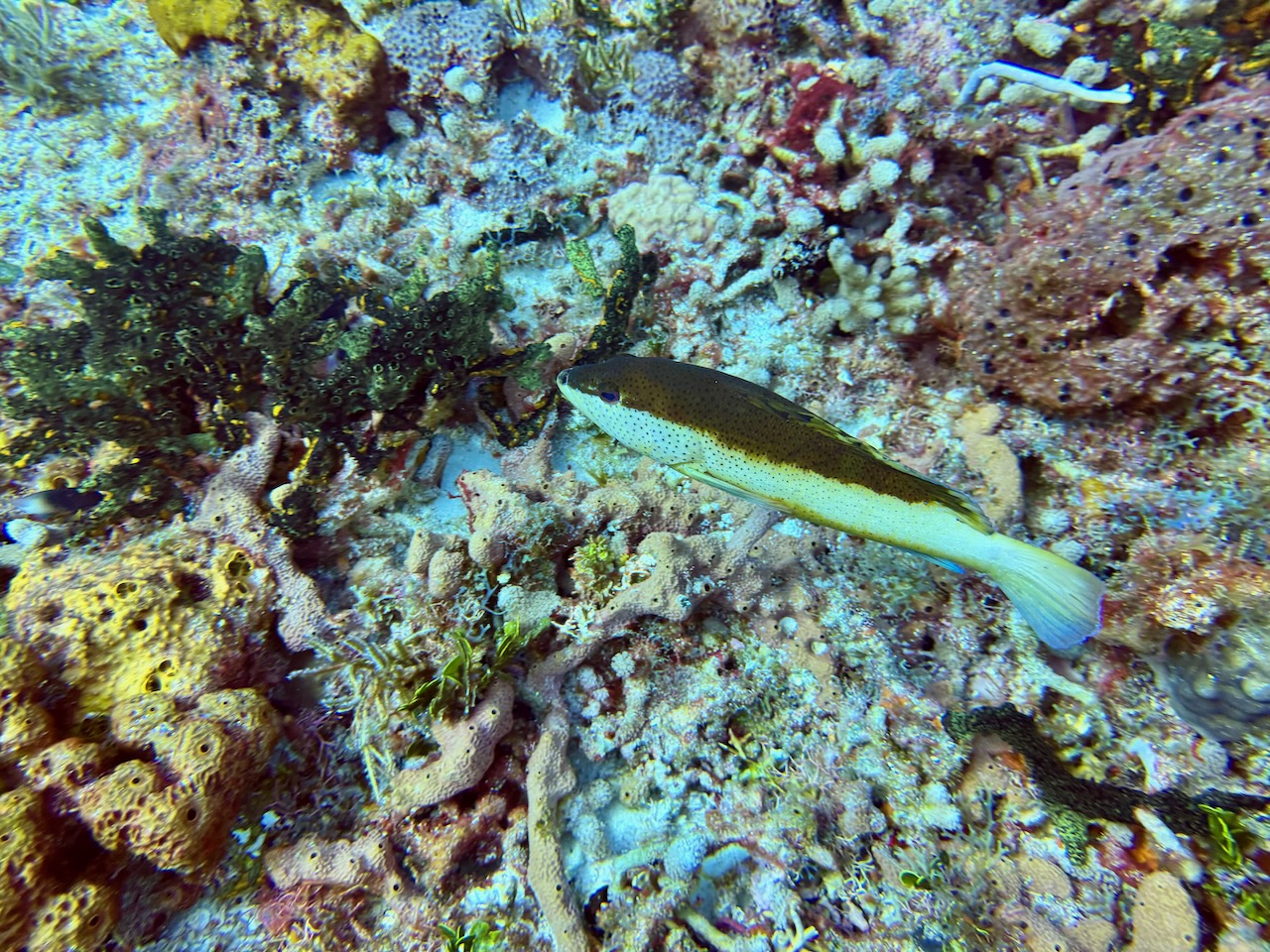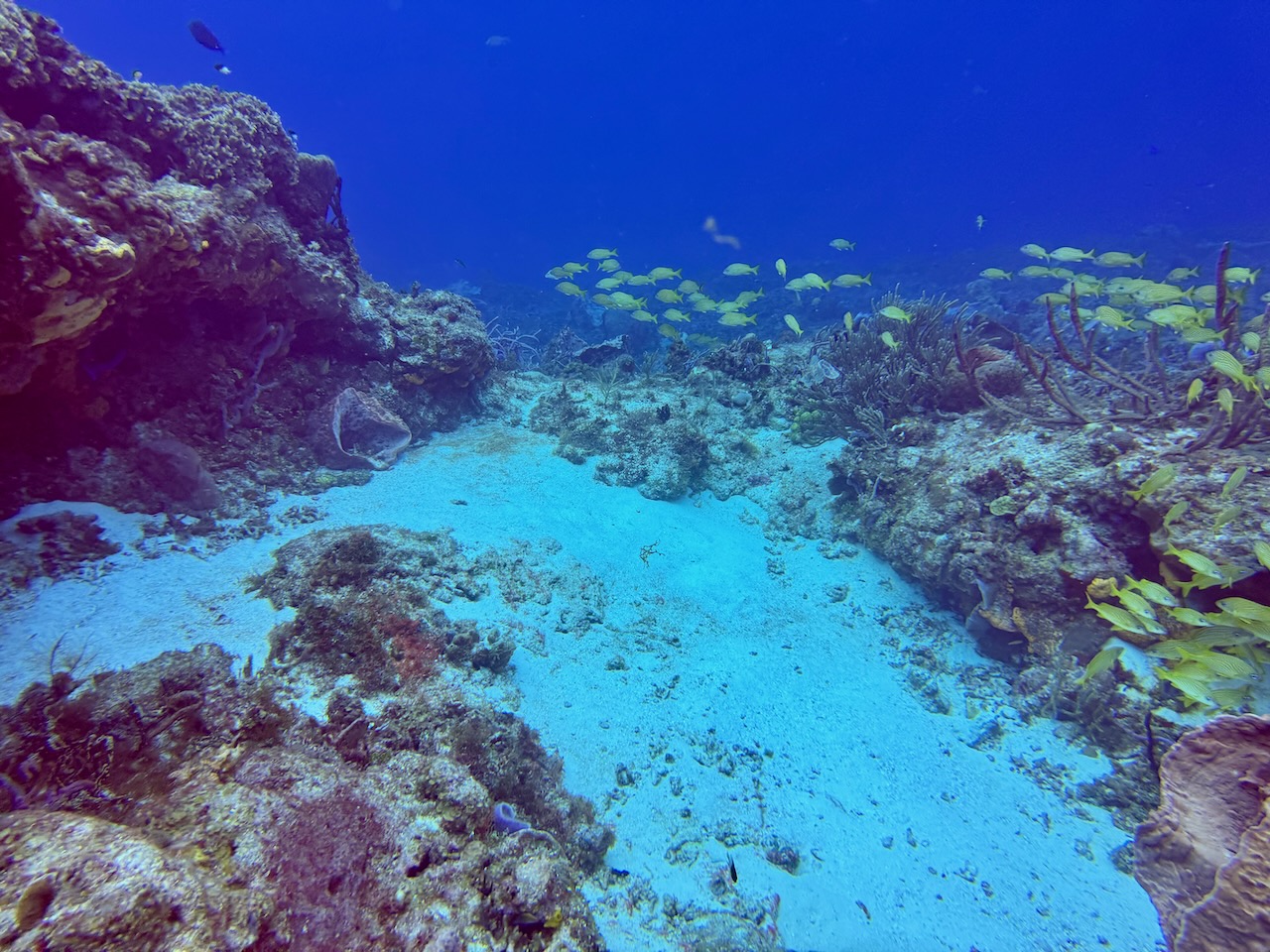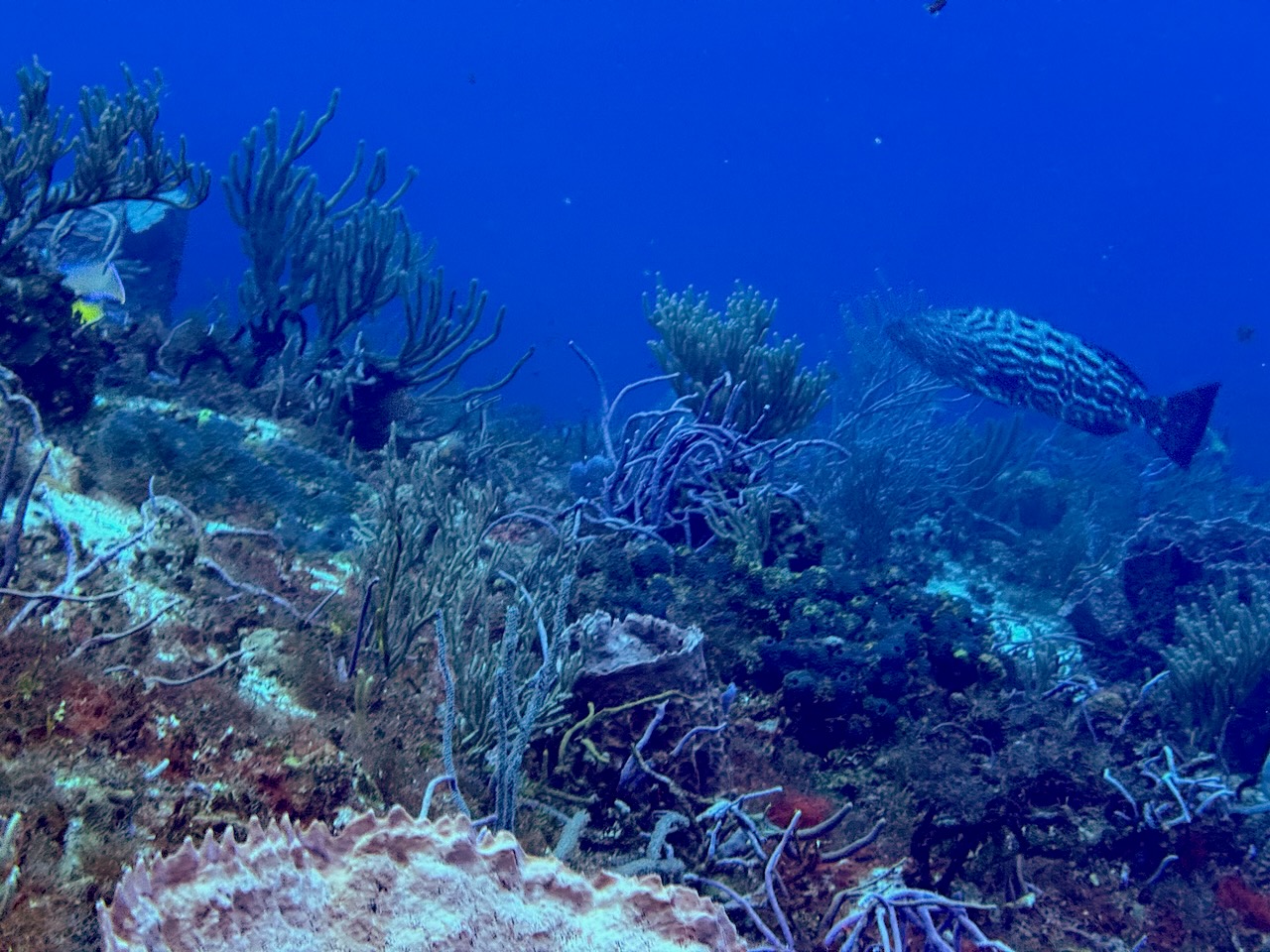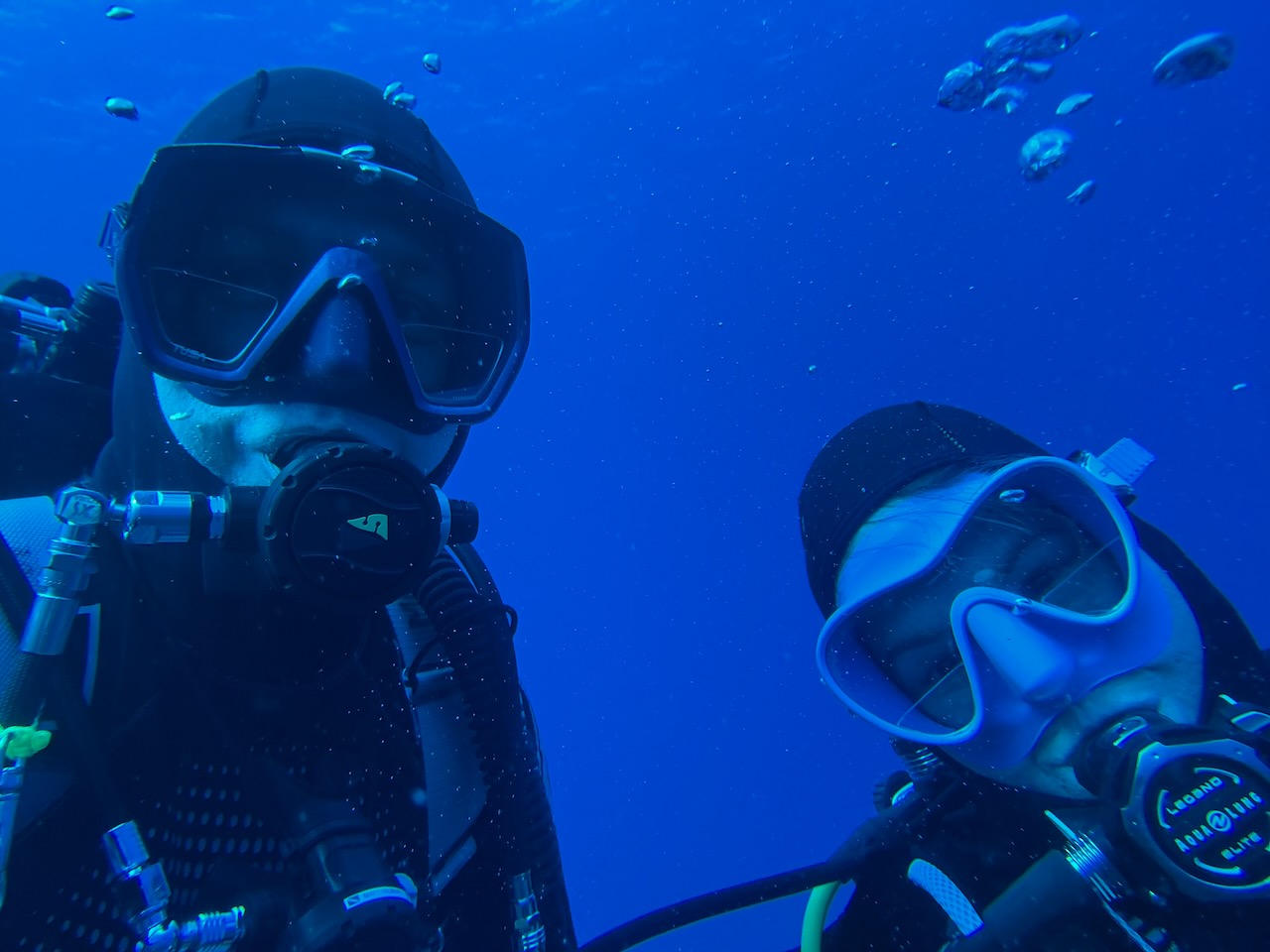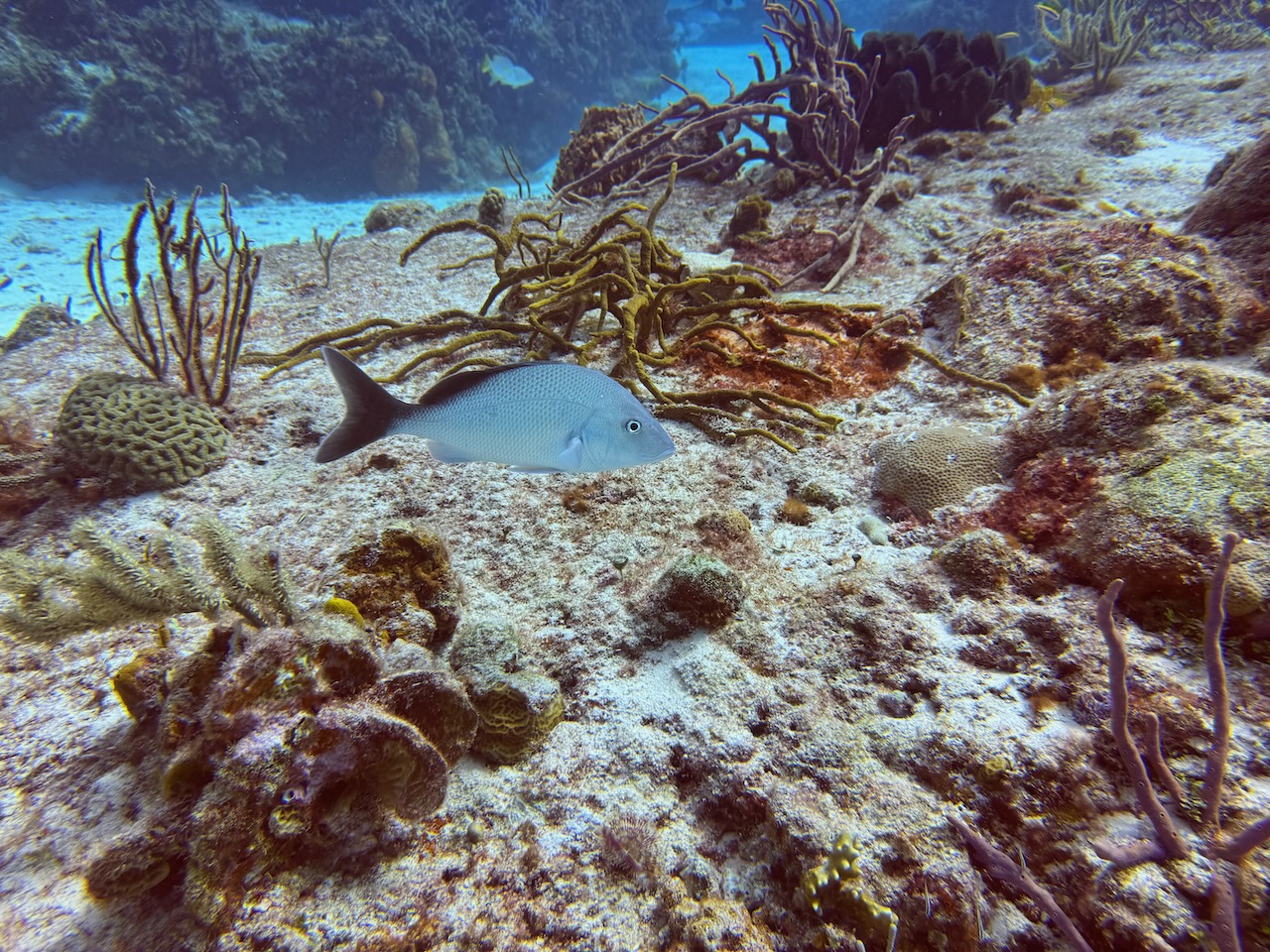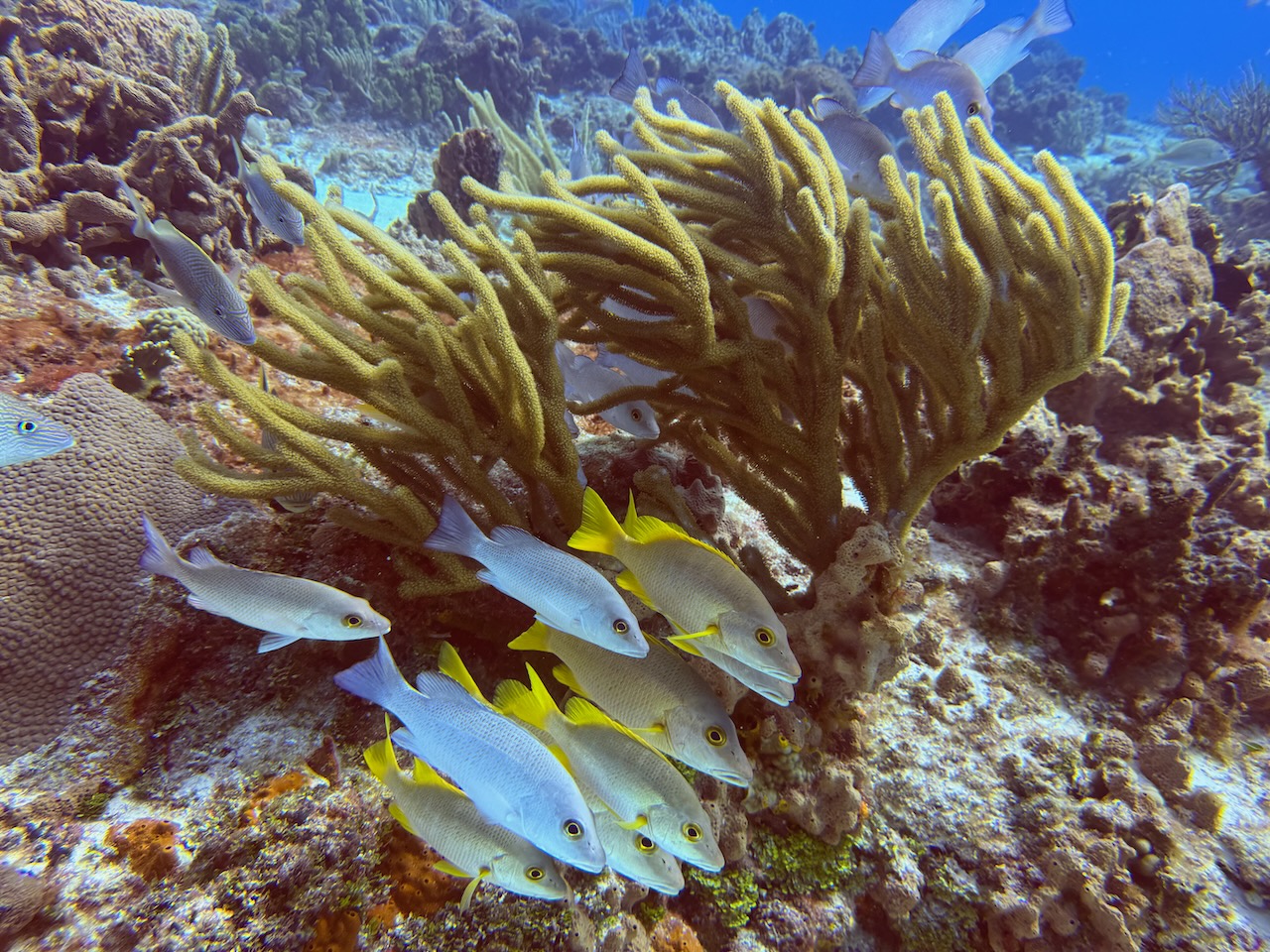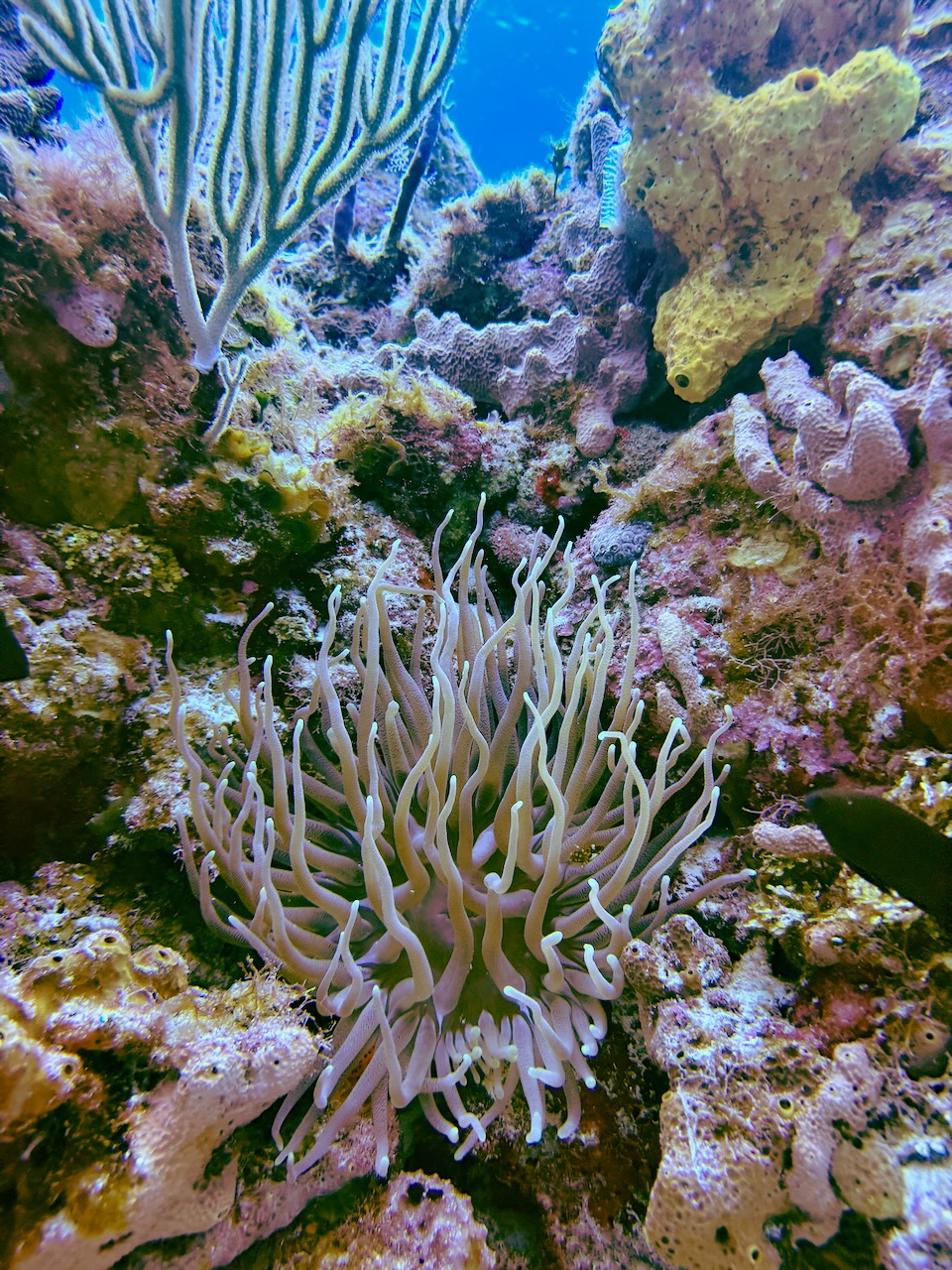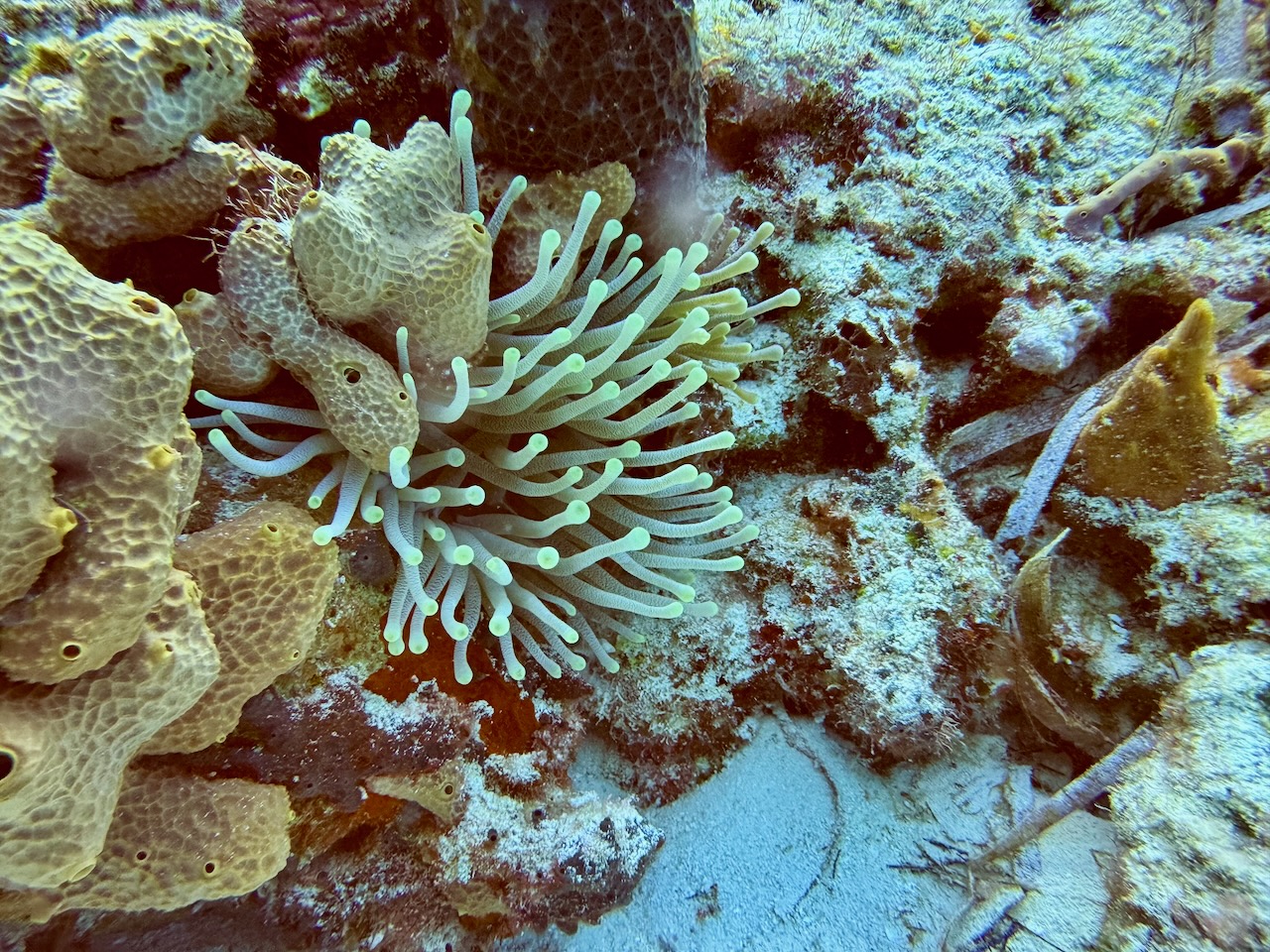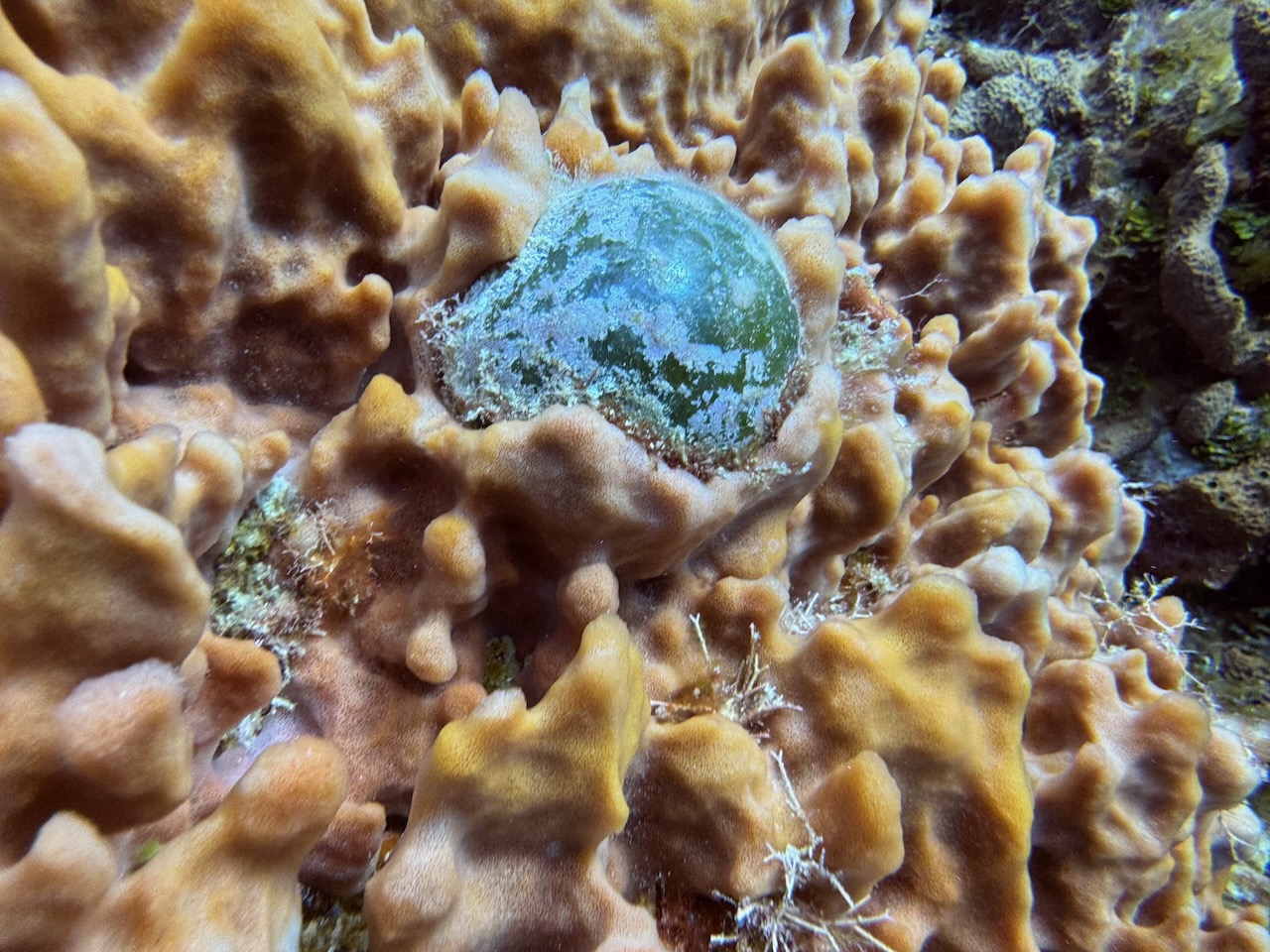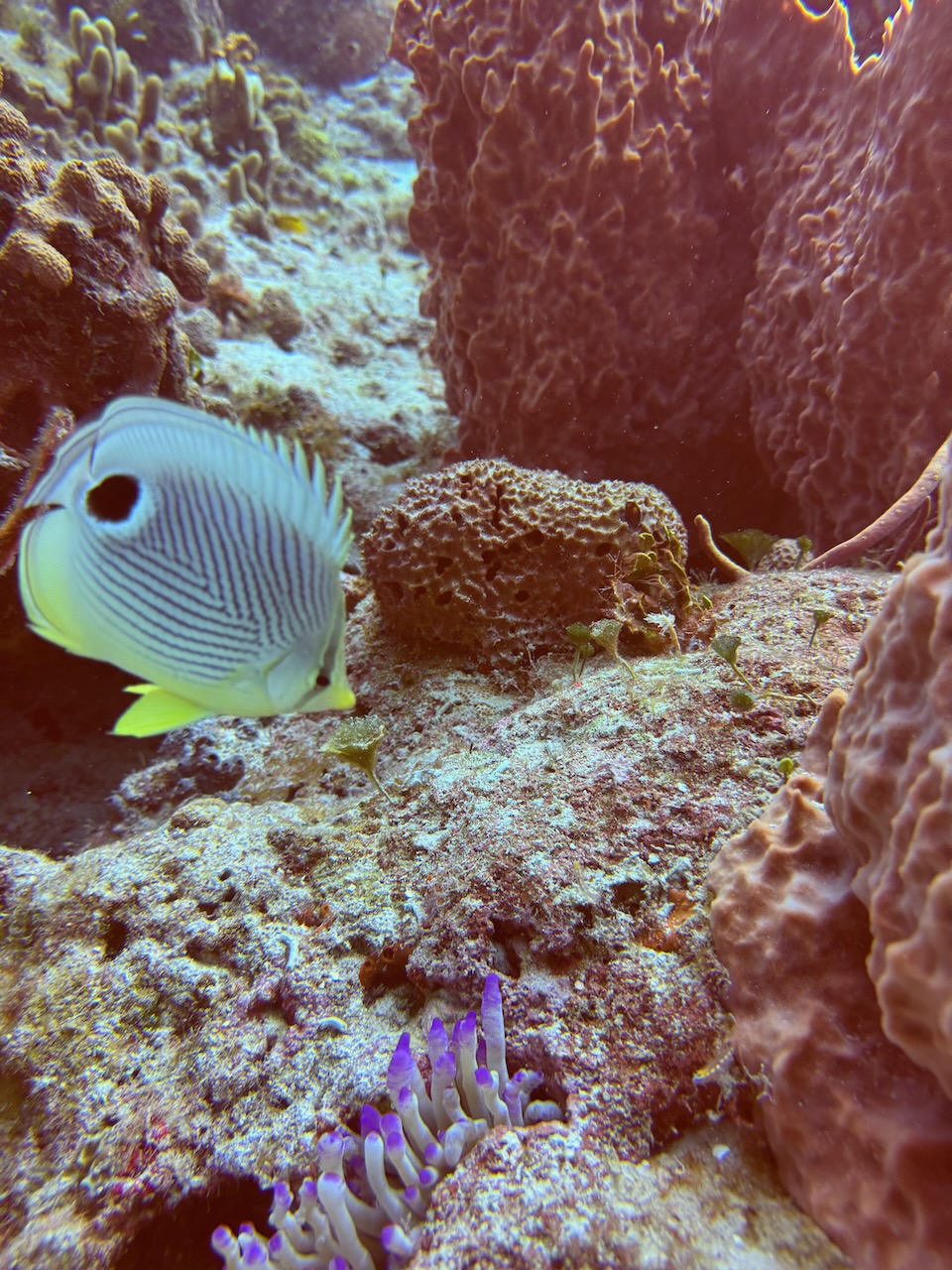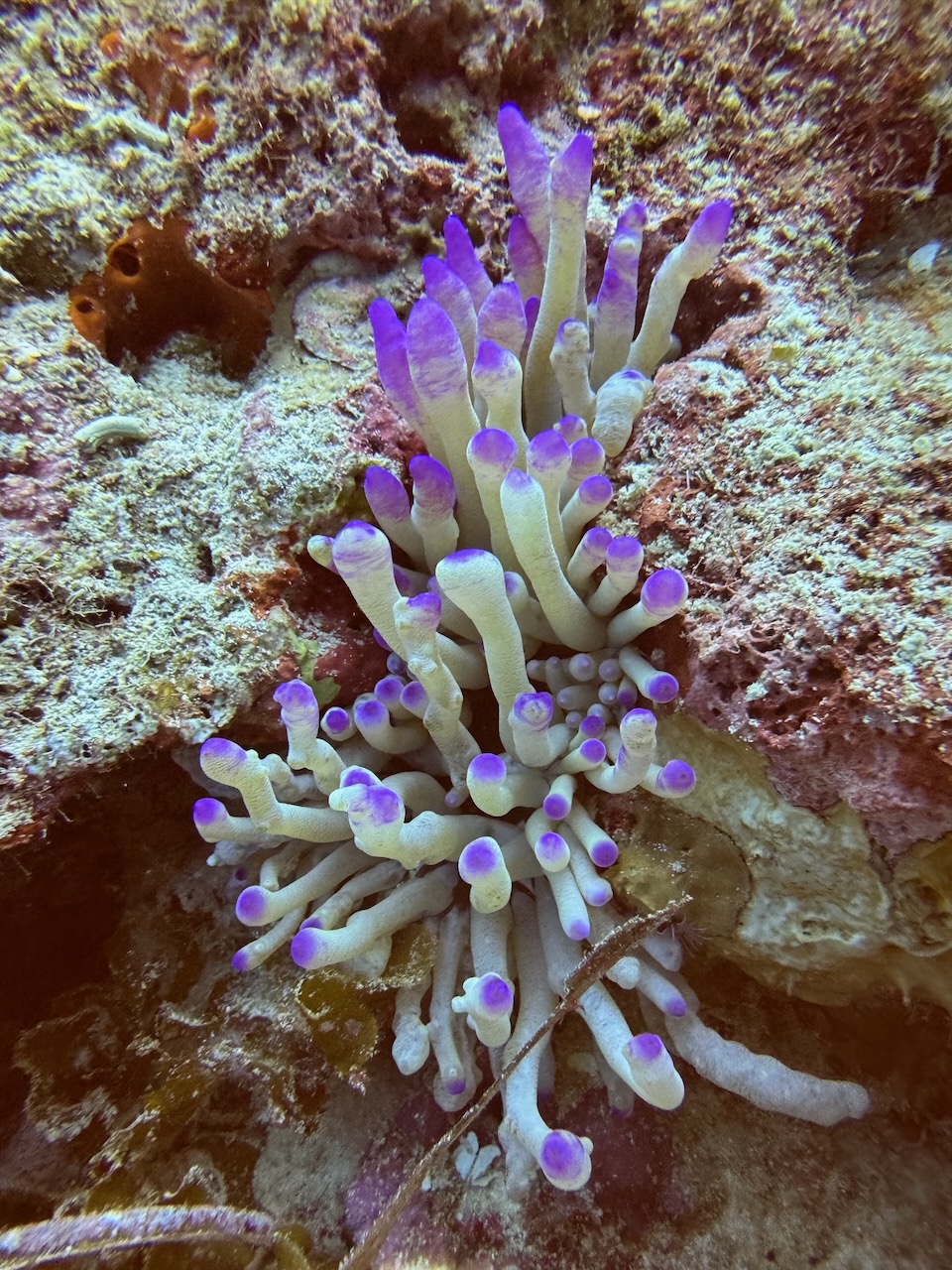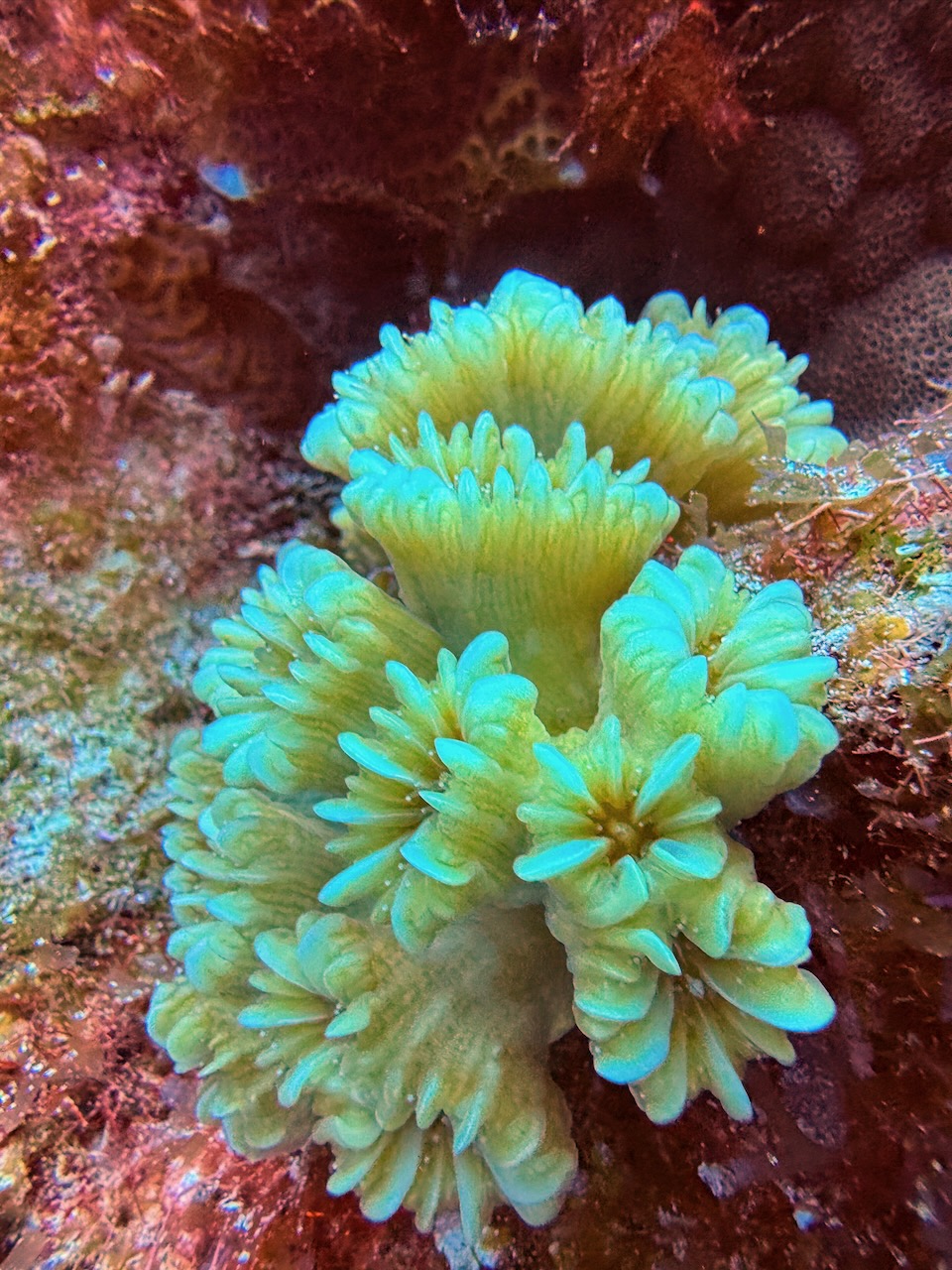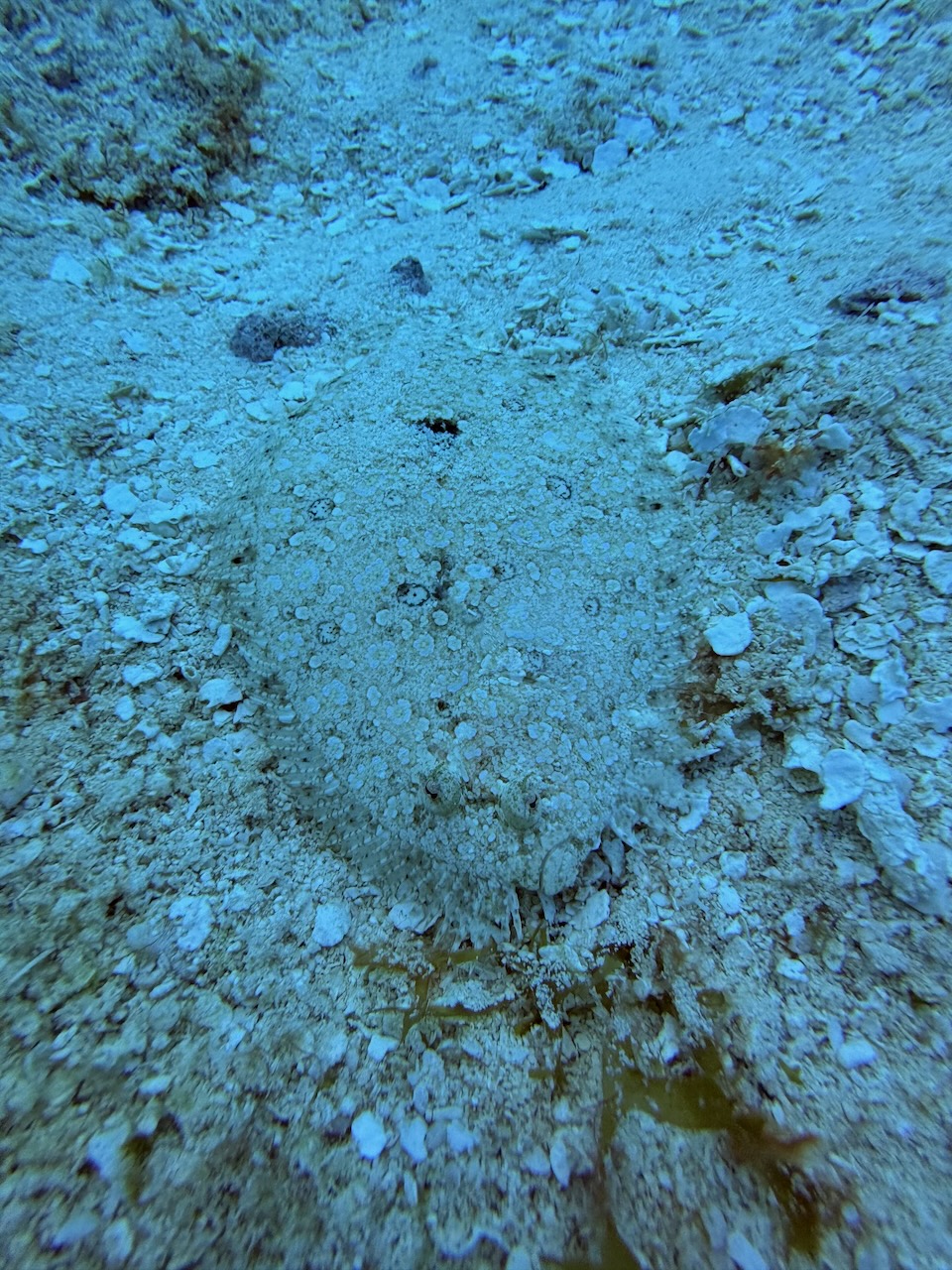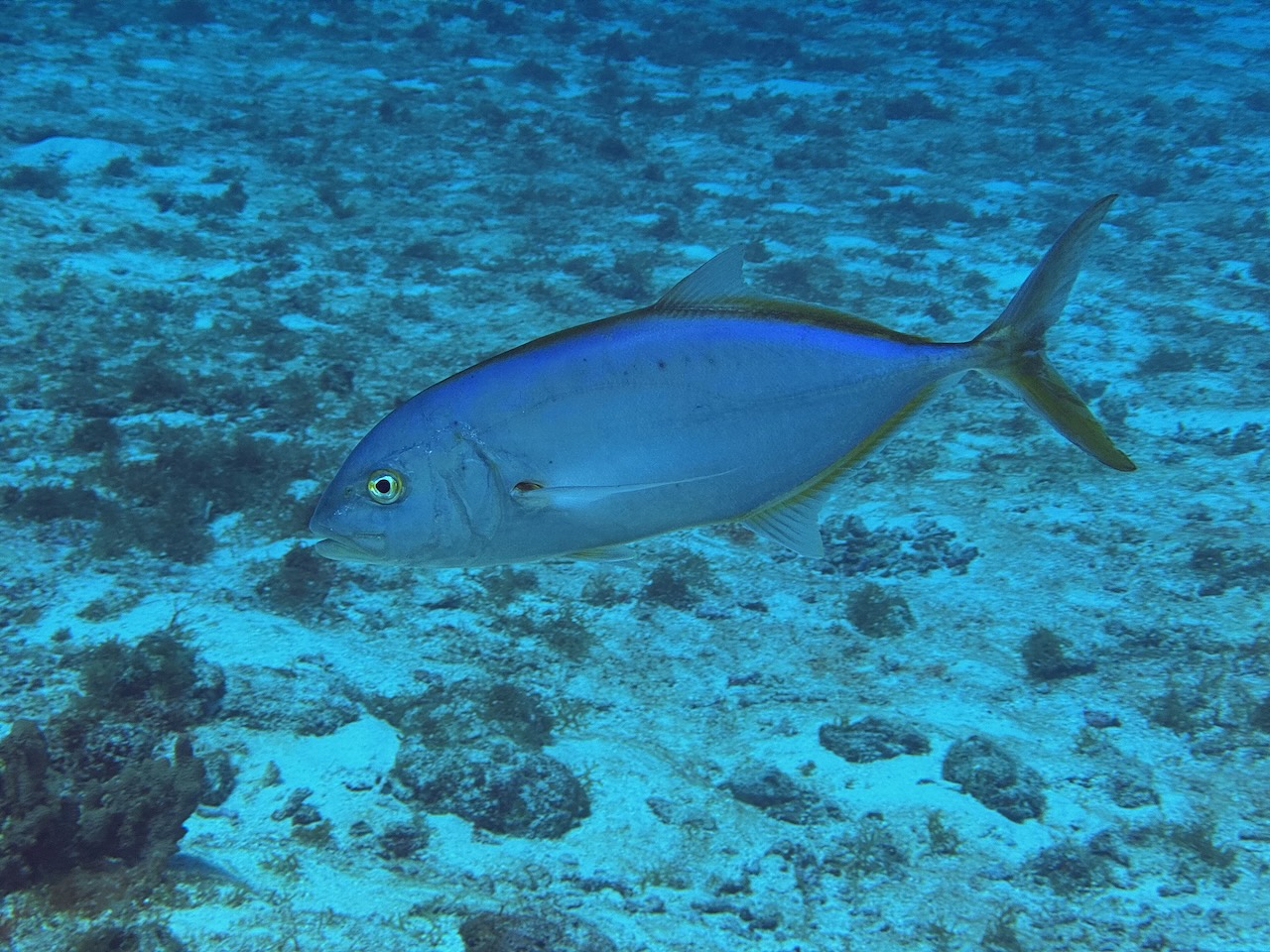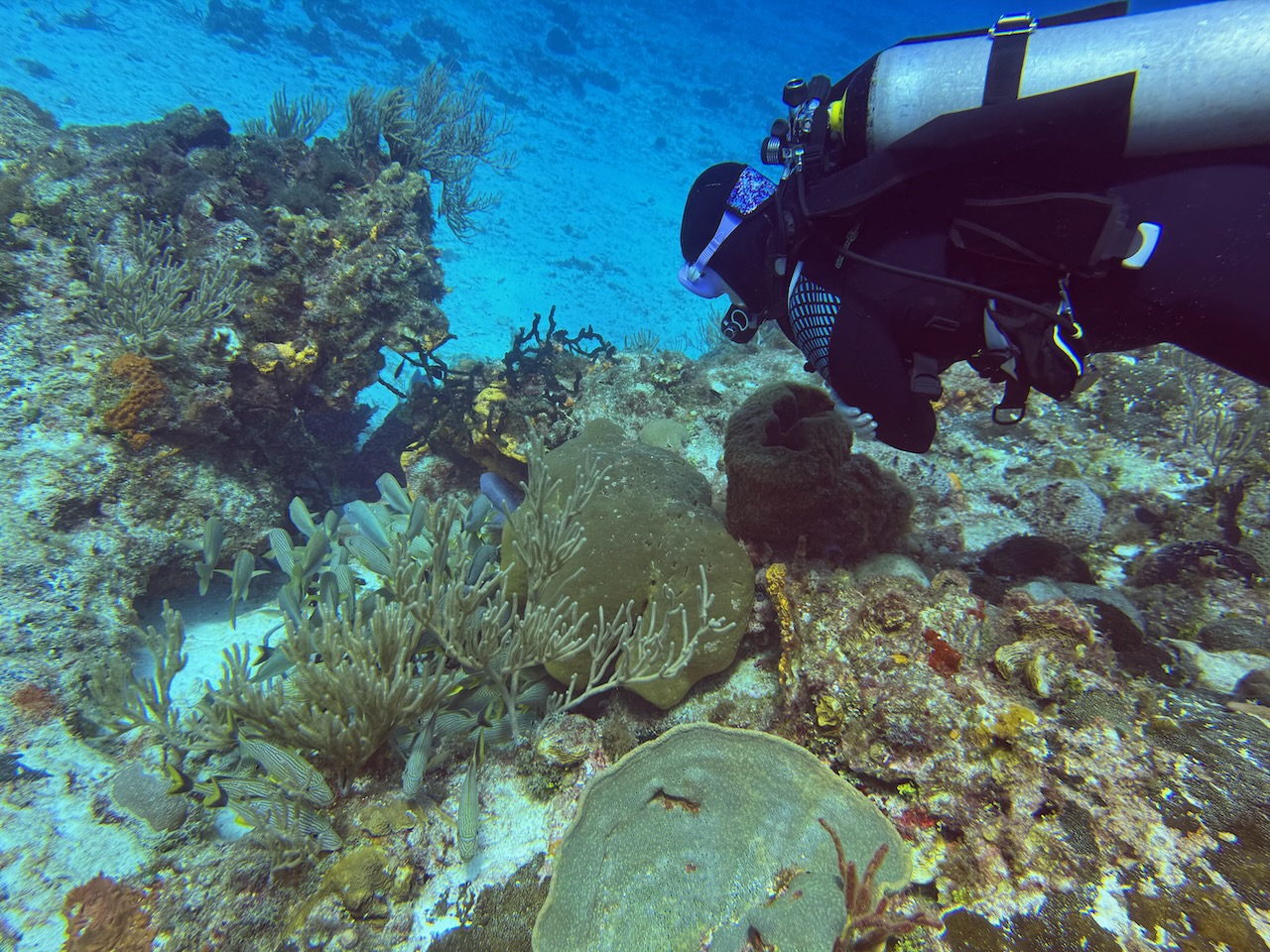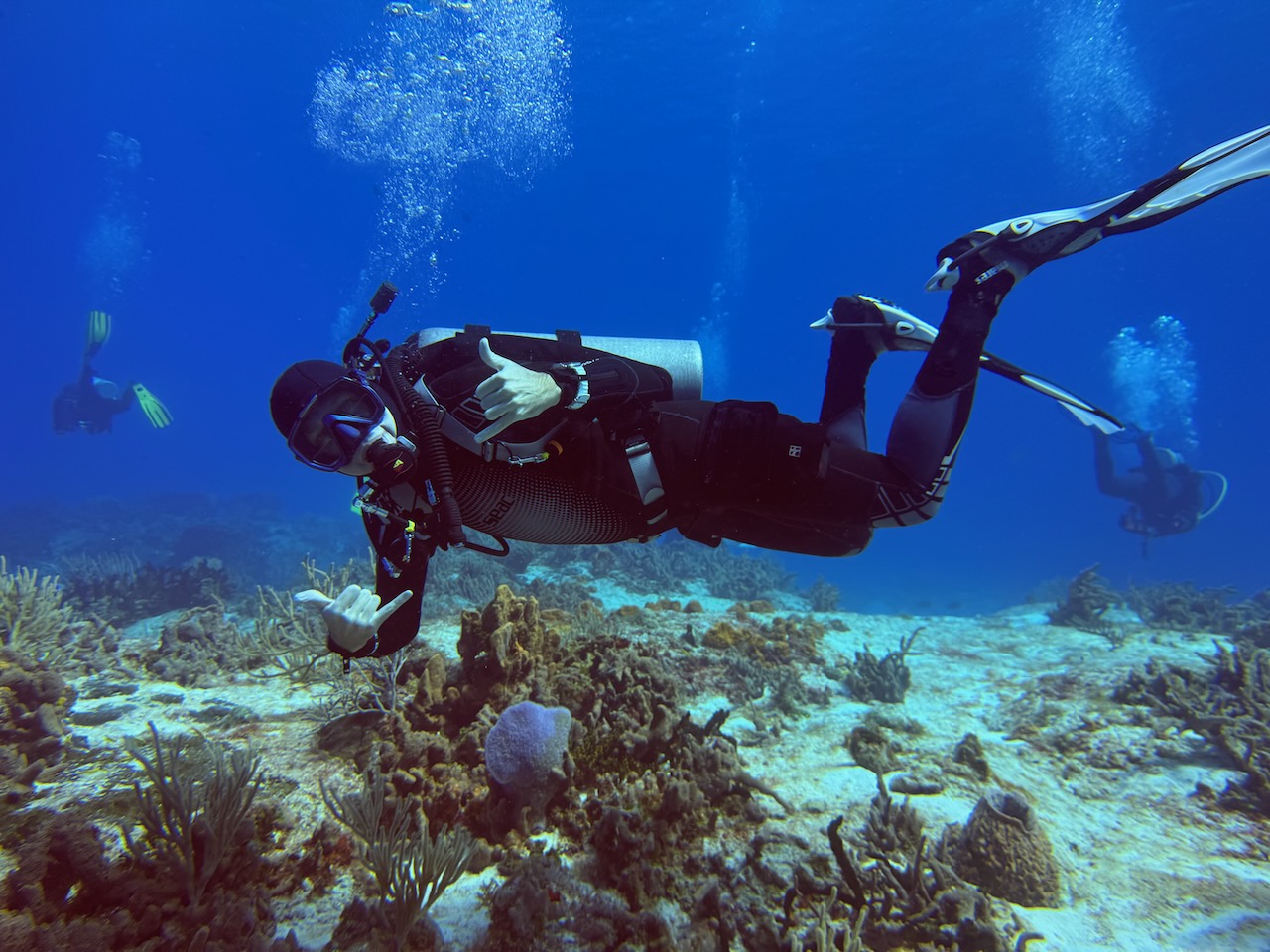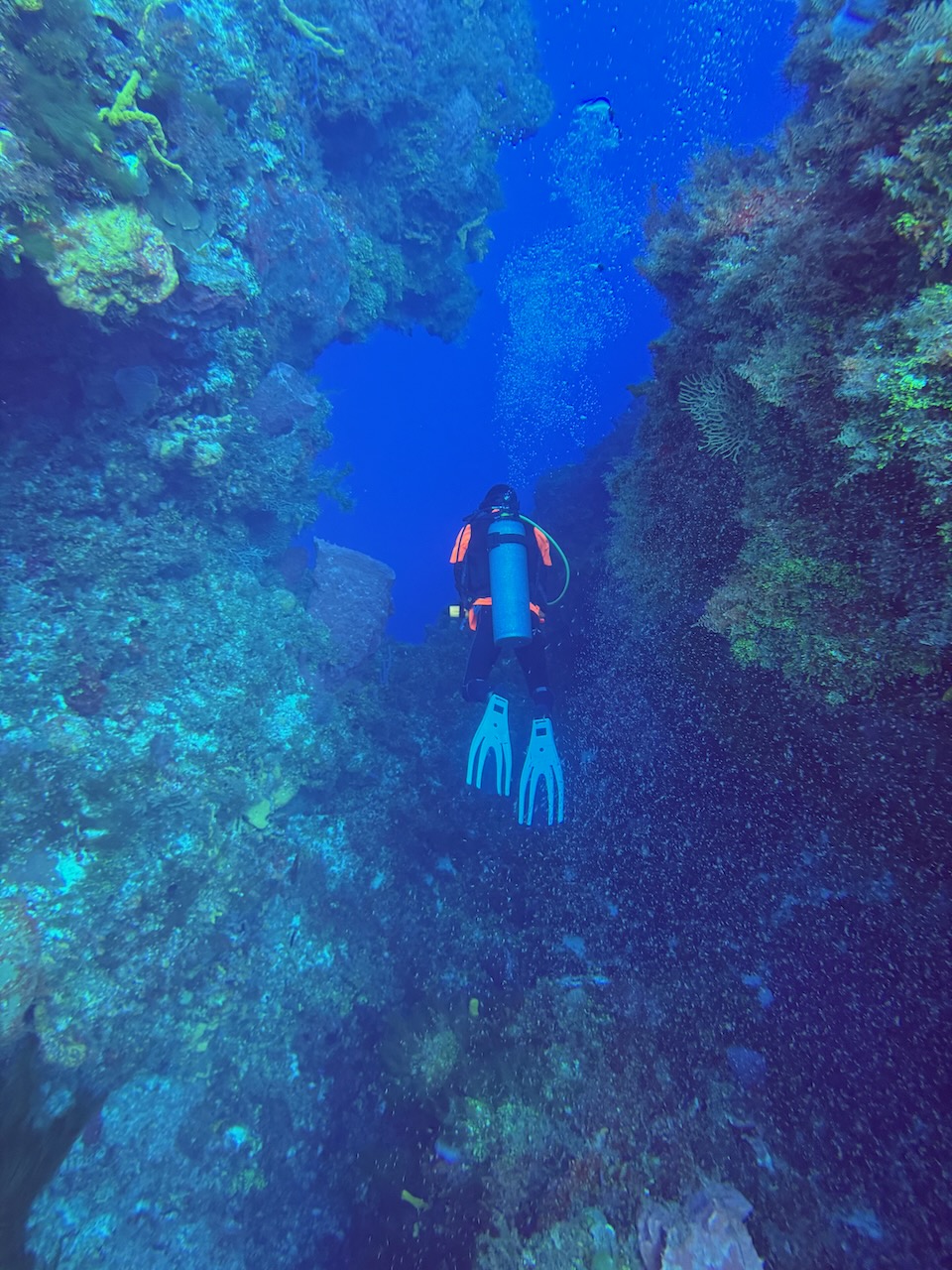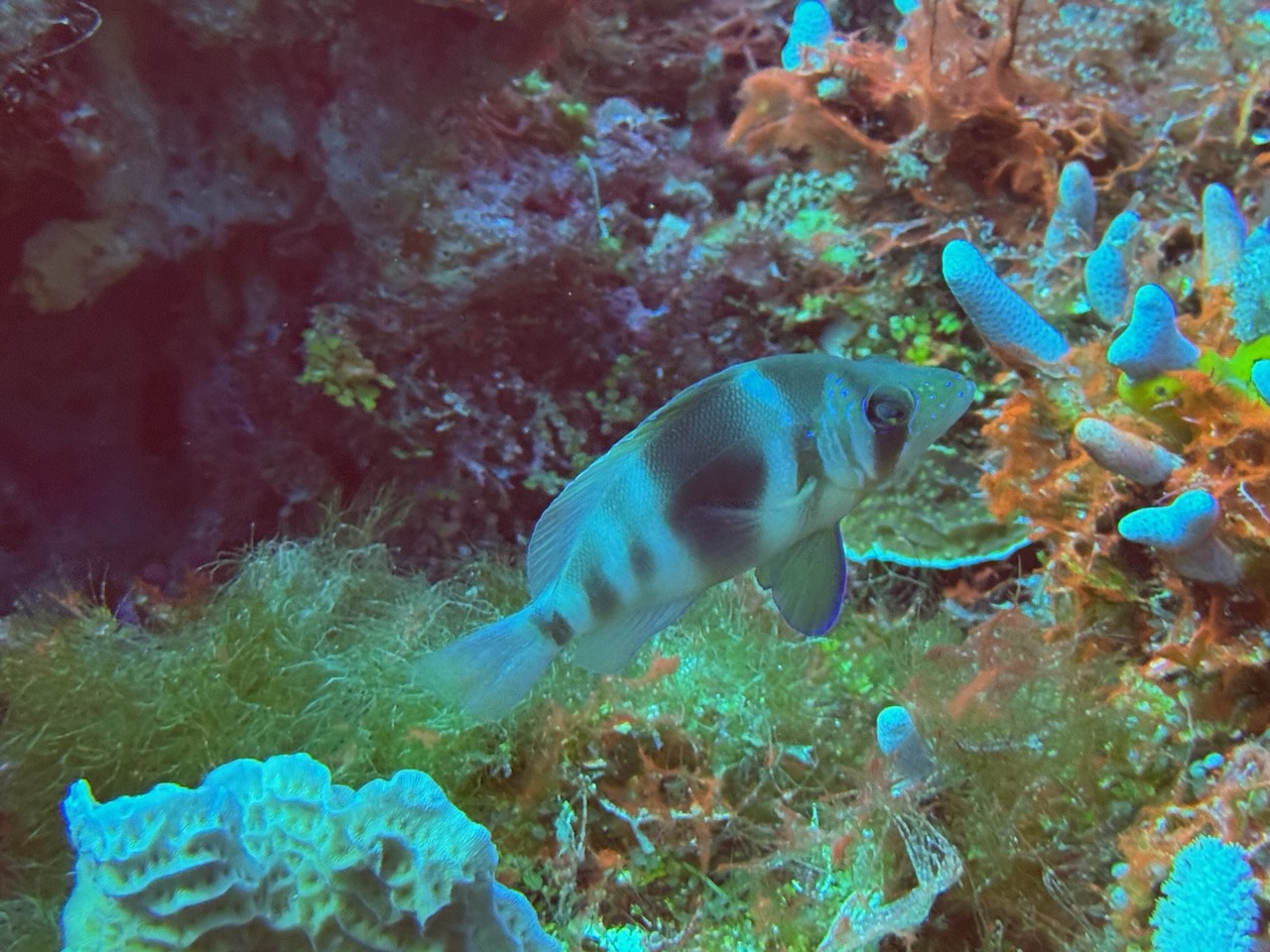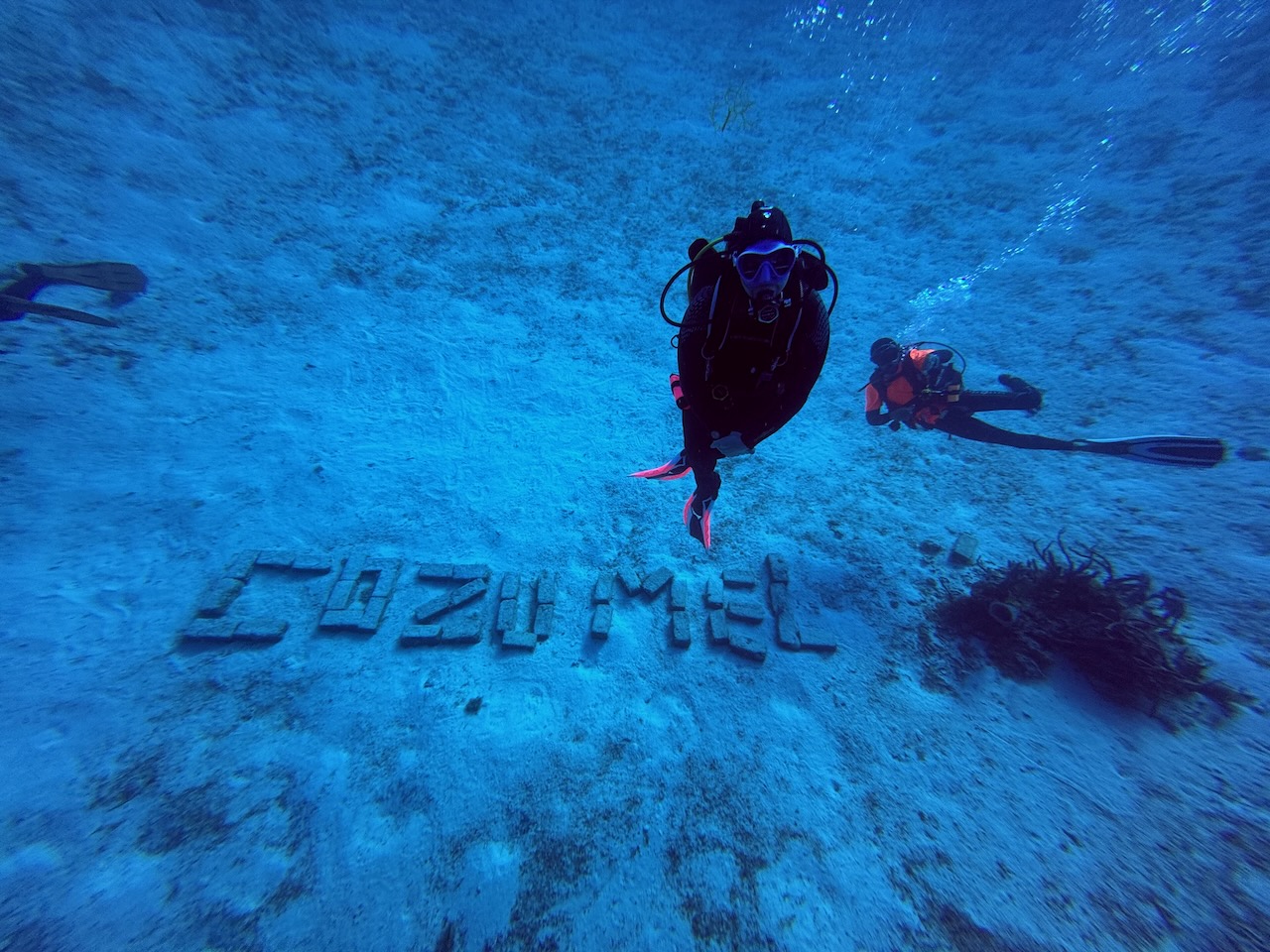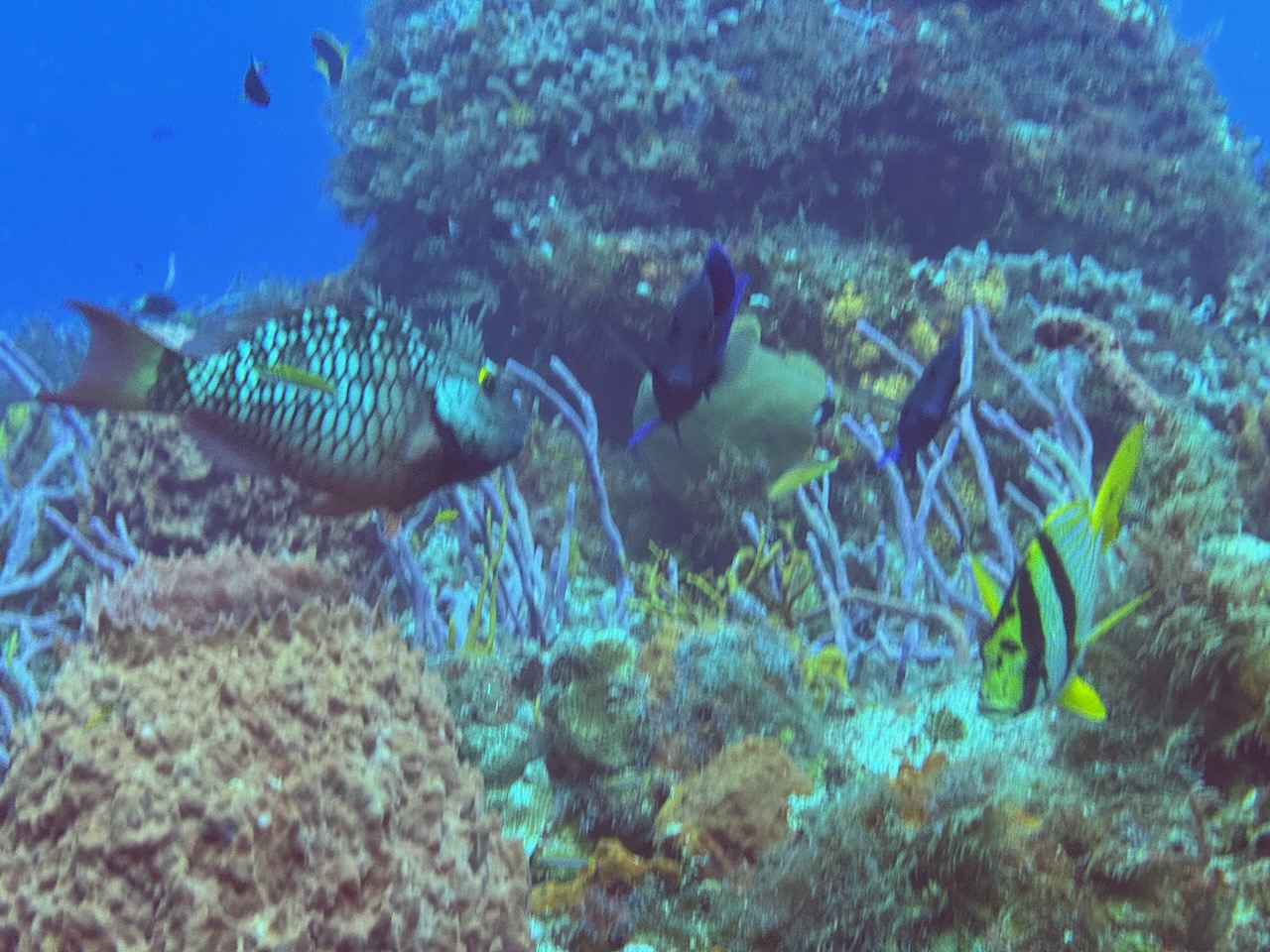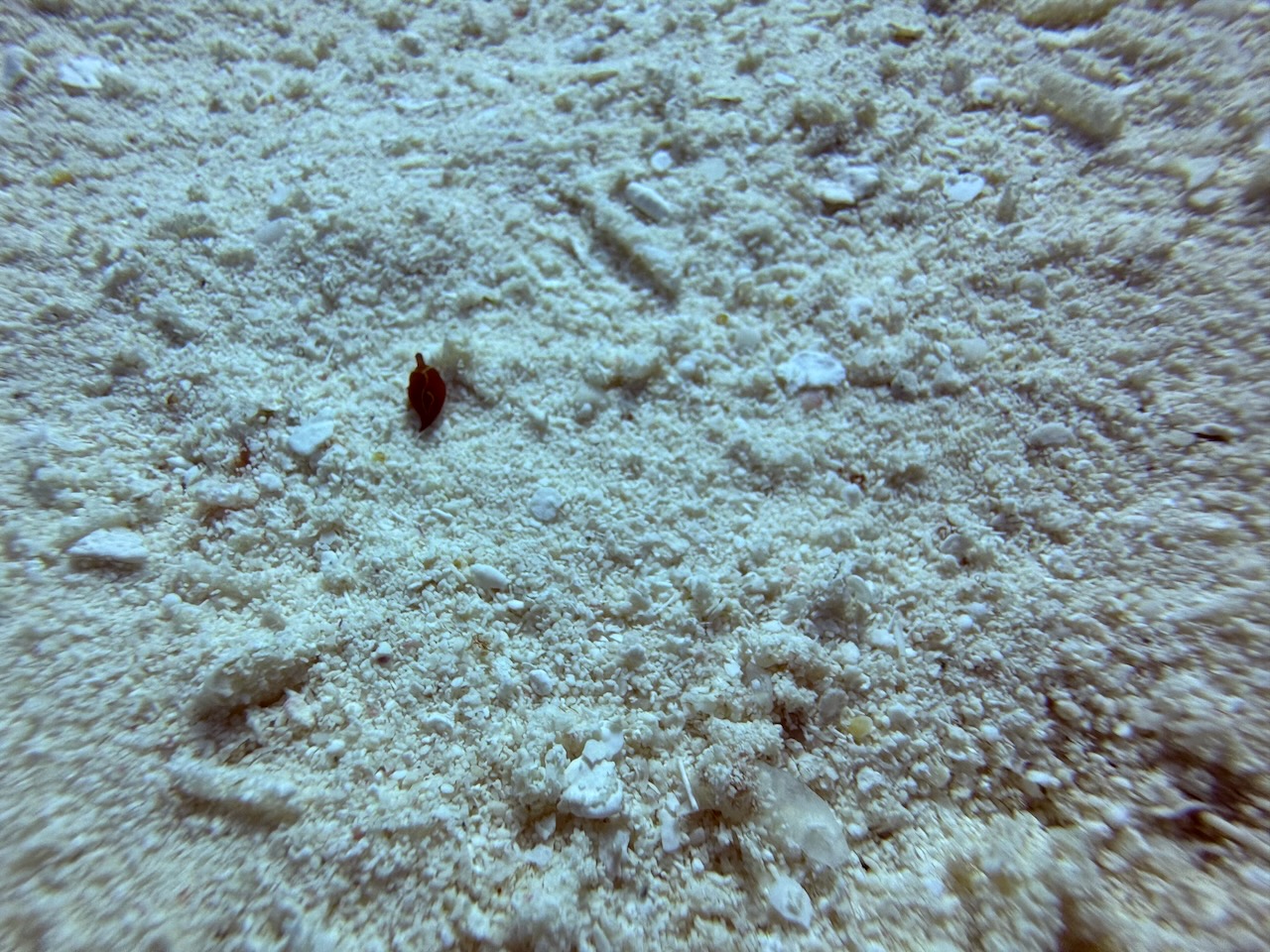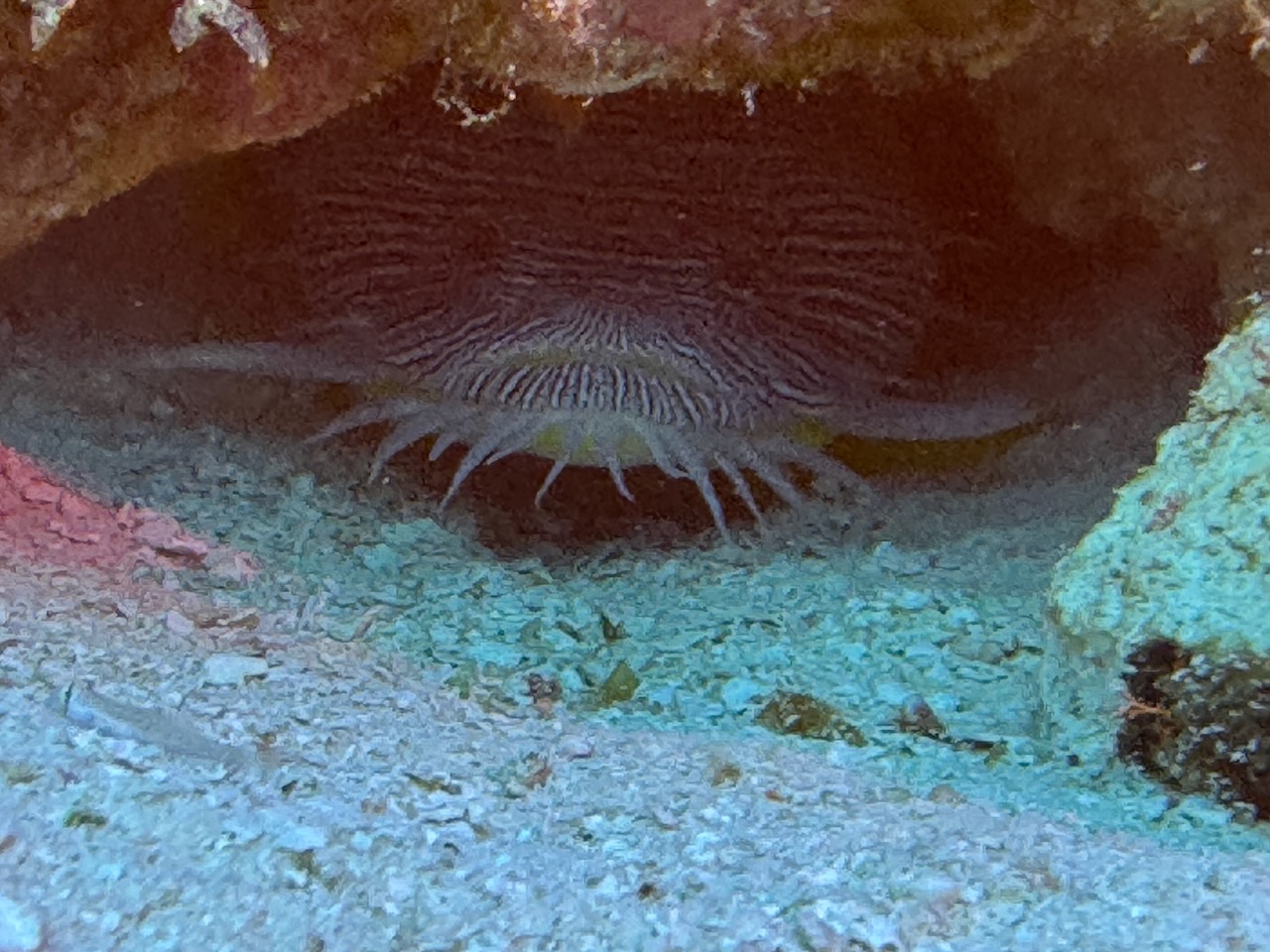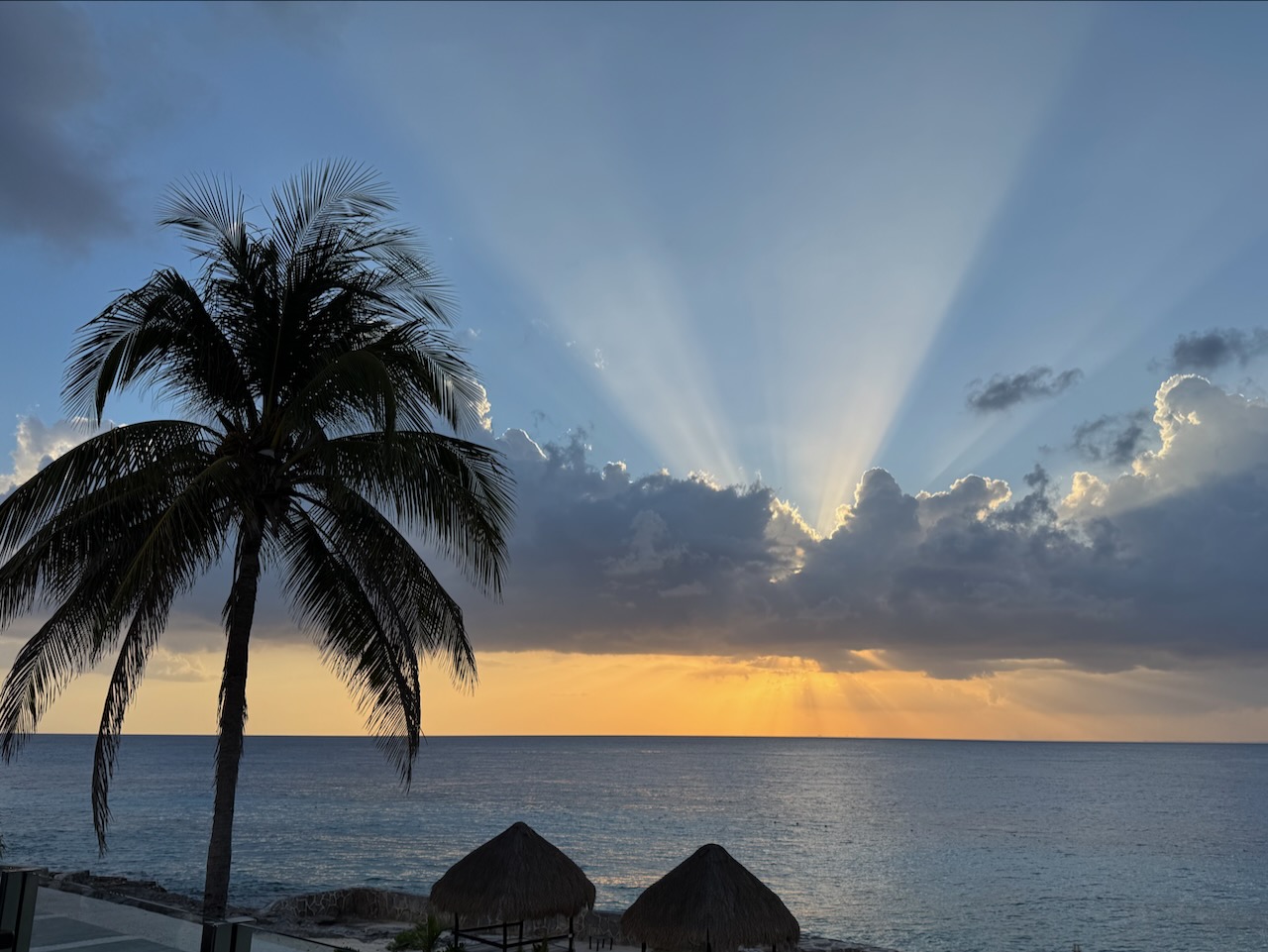Dive Trip Report: La Paz and Loreto Great Circle
Our second trip to the Sea of Cortez with Nautilus Adventures. We spent 7 days exploring the islands in the SoC near the tows of La Paz and Loreto.
Scuba diving in Cozumel, Mexico, is a dream come true for underwater enthusiasts. This island paradise, located off the eastern coast of the Yucatán Peninsula in the Caribbean Sea, is world-renowned for its crystal-clear waters, vibrant coral reefs, and abundant marine life. Whether you’re a seasoned diver or a beginner, Cozumel offers an unforgettable underwater experience.
Cozumel is part of the Mesoamerican Barrier Reef System, the second-largest reef system in the world. The island’s waters are protected as part of the Cozumel Reefs National Marine Park, ensuring the preservation of its stunning coral formations and diverse marine species. The visibility here is exceptional, often exceeding 100 feet, making it easy to take in the breathtaking underwater scenery.
One of the unique aspects of diving in Cozumel is its drift diving. The island’s location in the Caribbean current creates a natural flow that gently carries divers along the reefs. It’s like an underwater conveyor belt, allowing you to relax and enjoy the scenery without much effort.
Cozumel’s waters are home to an incredible array of marine life. You’ll encounter everything from vibrant tropical fish, sea turtles, and stingrays to larger creatures like nurse sharks and eagle rays. During certain times of the year, you might even spot whale sharks or hammerheads in the surrounding waters.
Cozumel is a year-round diving destination, but the best time to visit is between March and June, when the weather is warm and the seas are calm. Hurricane season runs from June to November, so keep an eye on the forecast if you’re planning a trip during that time.
Cozumel isn’t just about diving! When you’re not exploring the underwater world, you can enjoy the island’s beautiful beaches, explore Mayan ruins, or sample delicious Mexican cuisine. Don’t miss exploring the main town on the island, San Miguel de Cozumel, for shopping and local culture. There is also the historic village of El Cedral, known for its Pueblo Magico status and Mayan temple next to the town’s church.
For history buffs, there is the ancient Mayan settlement of San Gervasio, where you can explore the ruins and learn about the island’s rich history. The site offers a glimpse into the island’s ancient past. For even more, there is the Cozumel Museum, which showcases the island’s history and culture through exhibits and artifacts.
Cozumel boasts a variety of dive sites, catering to all levels of experience, from deep drift dives to shallow snorkeling spots. Here’s a map of all the places we dove:
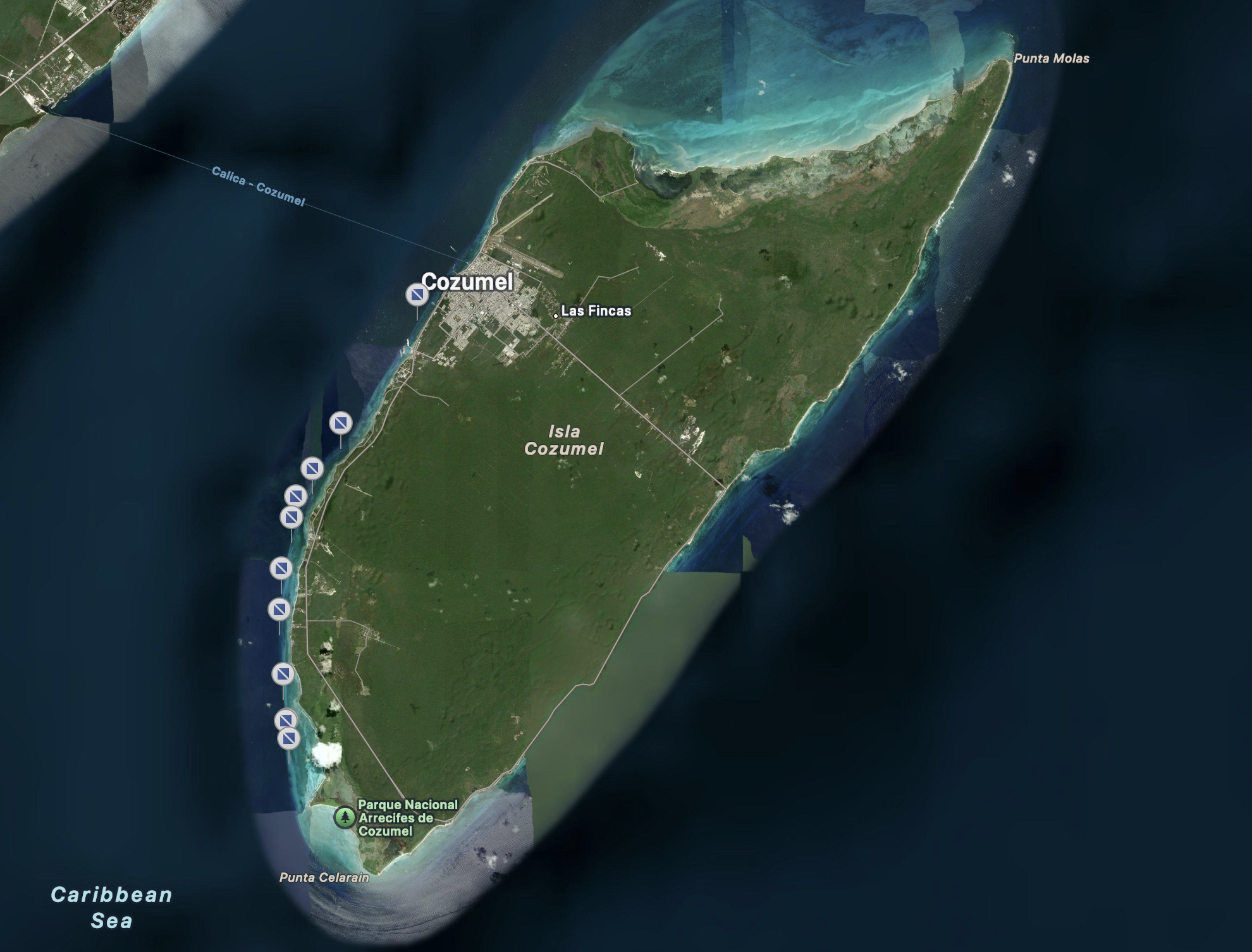
This was my first time diving in Cozumel. The water was crystal clear and the visibility was excellent. We started our day with a dive at Palancar Gardens, where we saw a variety of marine life including colorful fish, sea turtles, and even a school of barracudas. After a one-hour surface interval with snacks, we headed to Villablanca for our second dive. The water was calm and the visibility was great, allowing us to see a variety of fish and other marine life.
For our second day, we headed to Palancar Caves for our first dive. The water was crystal clear and the visibility was excellent, allowing us to see a variety of marine life including colorful fish, sea turtles, and even a school of barracudas. After a one-hour surface interval with snacks, we headed to Punta Tunich for our second dive. The water was calm and the visibility was great, allowing us to see a variety of fish and other marine life.
Day three consisted of a dive at Palancar Gardens, where we saw a variety of marine life including colorful fish, sea turtles, and even a school of barracudas. After a one-hour surface interval with snacks, we headed to San Clemente for our second dive. The water was calm and the visibility was great, allowing us to see a variety of fish and other marine life.
On day four we cruised down to Palancar Bricks and explored the ruins. The water was crystal clear and the visibility was excellent, allowing us to see a variety of marine life including colorful fish, sea turtles, and even a school of barracudas. After a one-hour surface interval with snacks, we headed to Santa Rosa Shallows for our second dive. The water was calm and the visibility was great, allowing us to see a variety of fish and other marine life.
This was our final dive day of this trip. We started at Columbia Pinnacles, and after our surface interval, moved to our second site at Yucab. As with the rest of our days, we enjoyed excellent visibility and a variety of marine life. The water was calm and the visibility was great, allowing us to see a variety of fish and other marine life.
Here is the video I’ve posted on YouTube. This is a bit long, but it has all the best moments of the trip. Be sure to like, and comment to let me know what you think!
Here are a bunch of photos from the trip.
